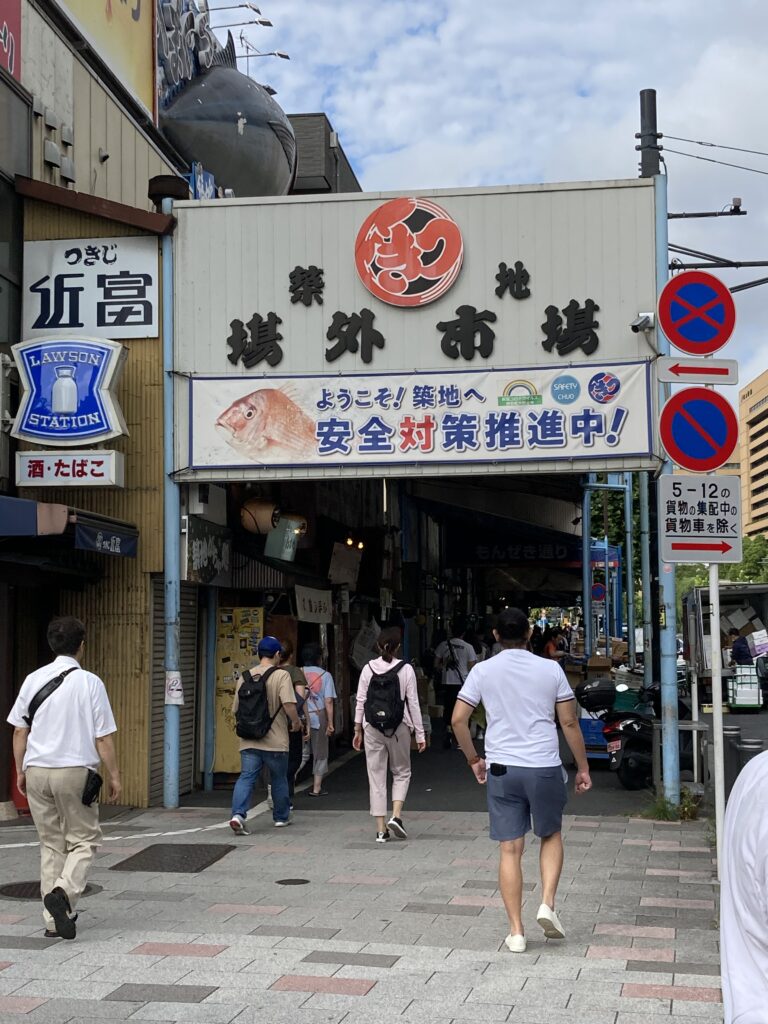
As a guide with extensive experience leading tours to Tsukiji Market since 2017, I have some favorite stalls for delicious meals. On a summer day, I invited my friends, all of whom are Japanese, to join me on my tour to hear their opinions about my choice. The tour started from Okame Sushi, just at the main corner of the Tsukiji Market near Tsukiji Honganji Temple.
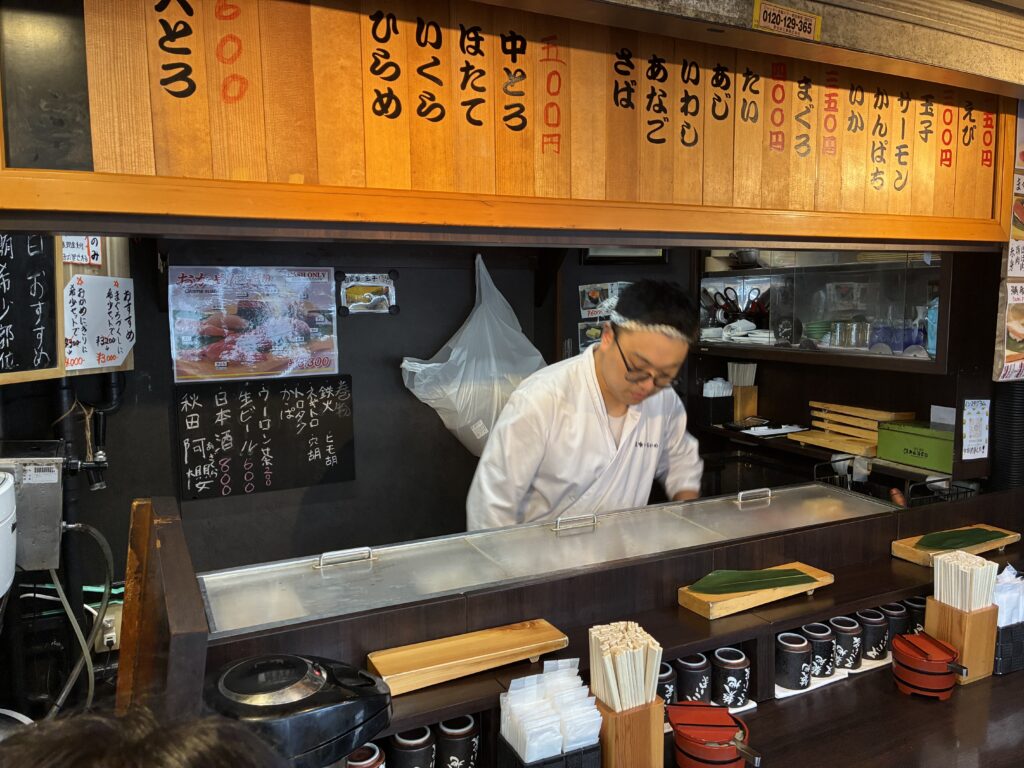
It’s a tiny sushi stall with a counter that has no chairs, accommodating only five guests at a time. My friends stood before it and ordered their preferred pieces of sushi, as shown in the photo below.
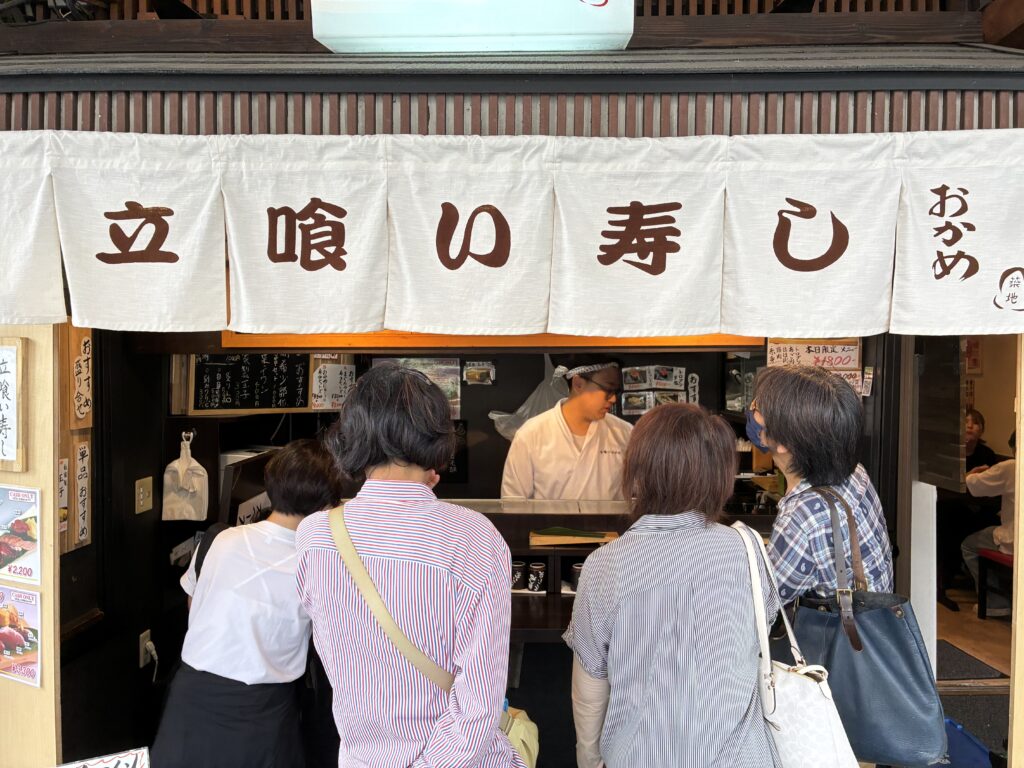
They could order their favorite sushi by the piece as much as they want. However, I advised them to savor only a few pieces of sushi because it was just a starter for the tour, and we would enjoy more food later on. So, they ordered one or two pieces of their most loved ones.
The sushi at Okame Sushi is always excellent, as it is owned by a middleman company that participates in the tuna auction at Toyosu Market and obtains very fresh tuna through bidding. My friends were surprised by its delicious tastes served at quite a reasonable price.
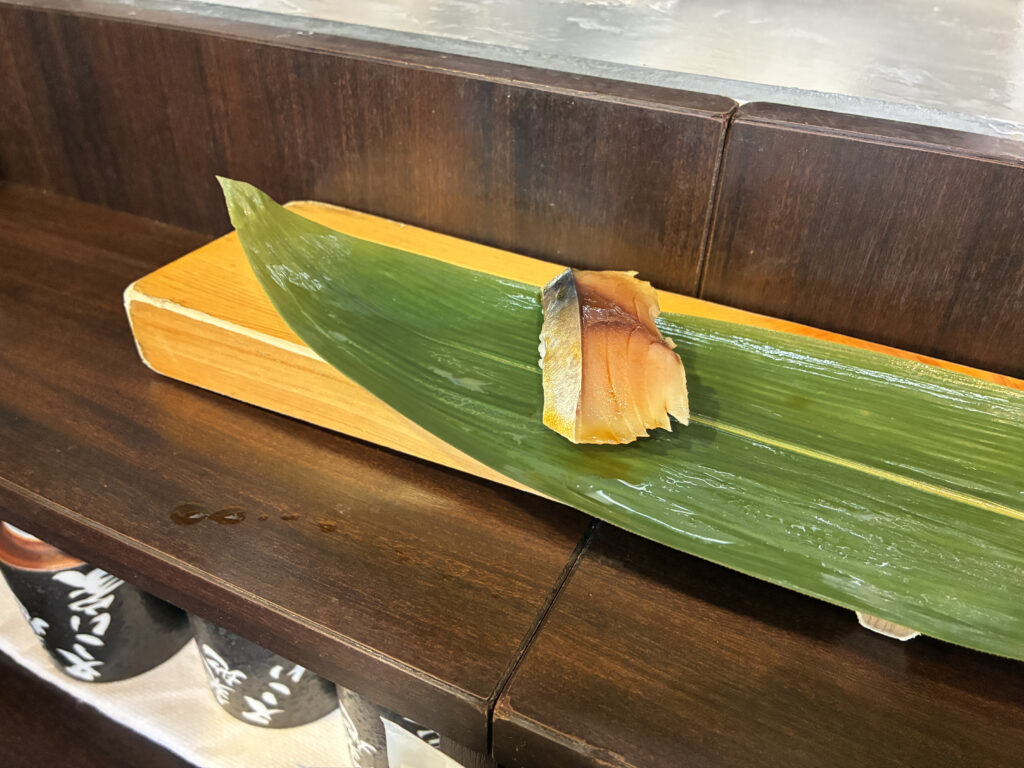
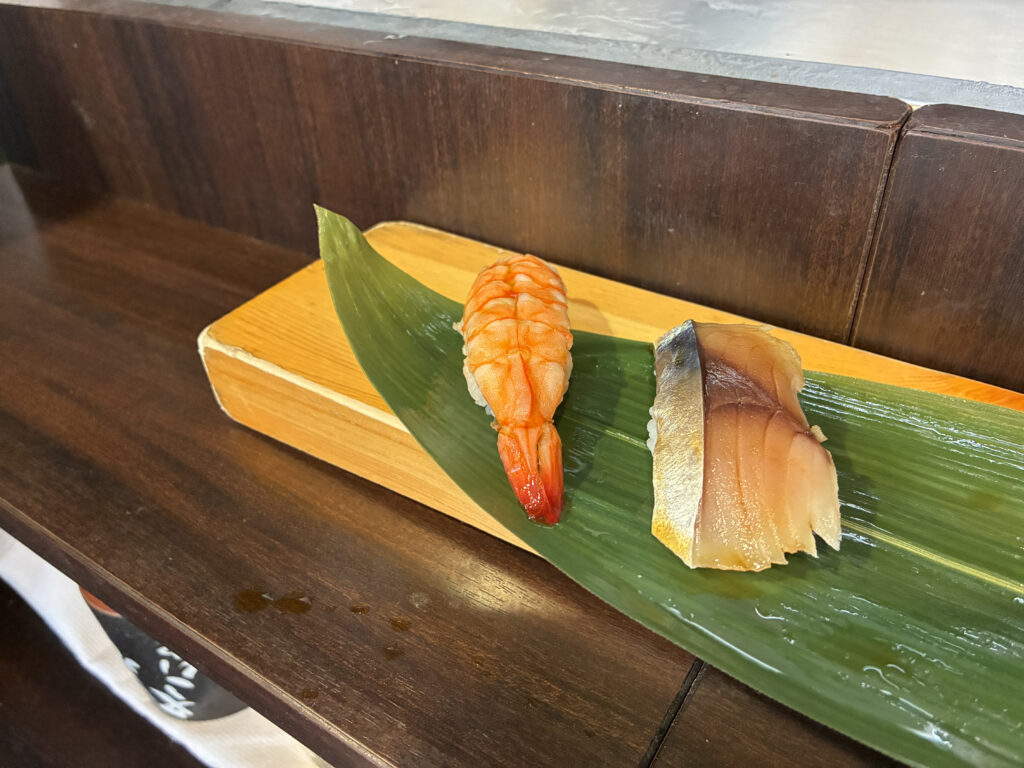

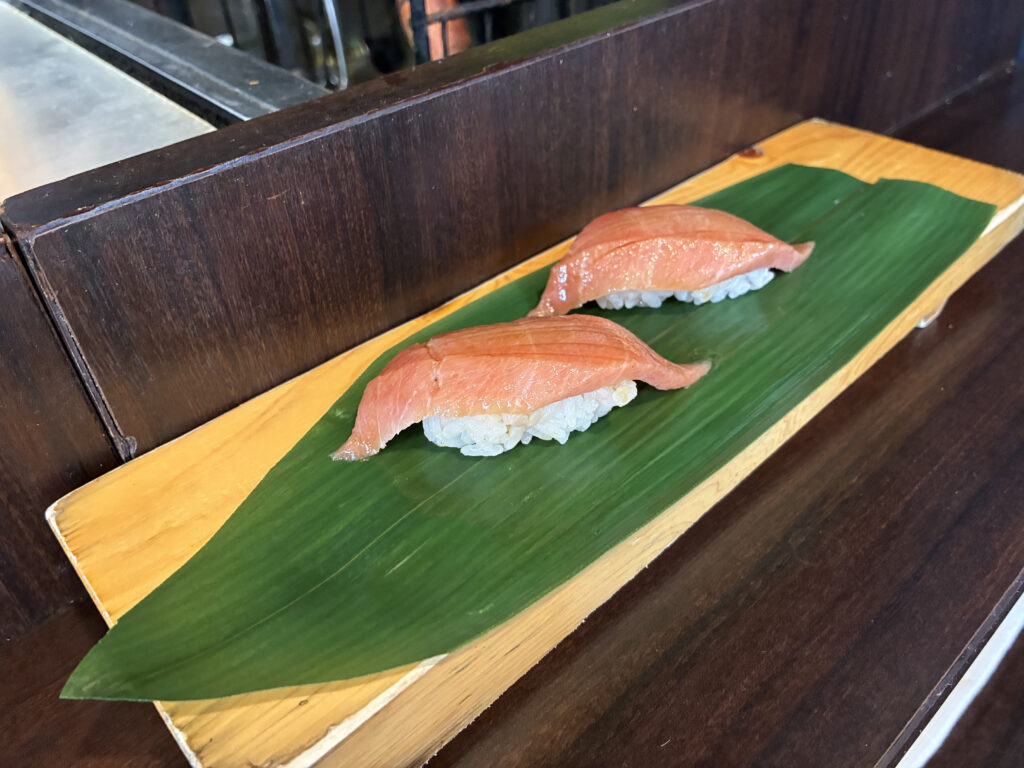
The next stop was Tonboya, which served grilled tuna BBQ. The shop owner grilled tuna skewers in oil in a pan, searing them with a cooking torch simultaneously, which made them juicy inside and gently crispy on the outside.
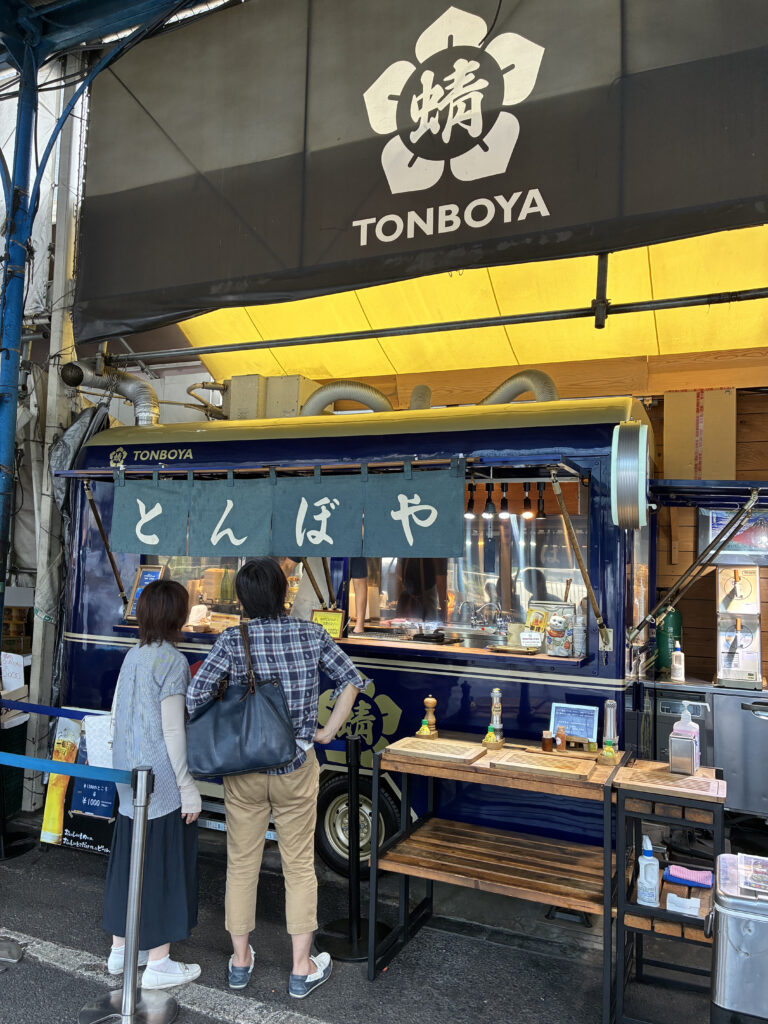
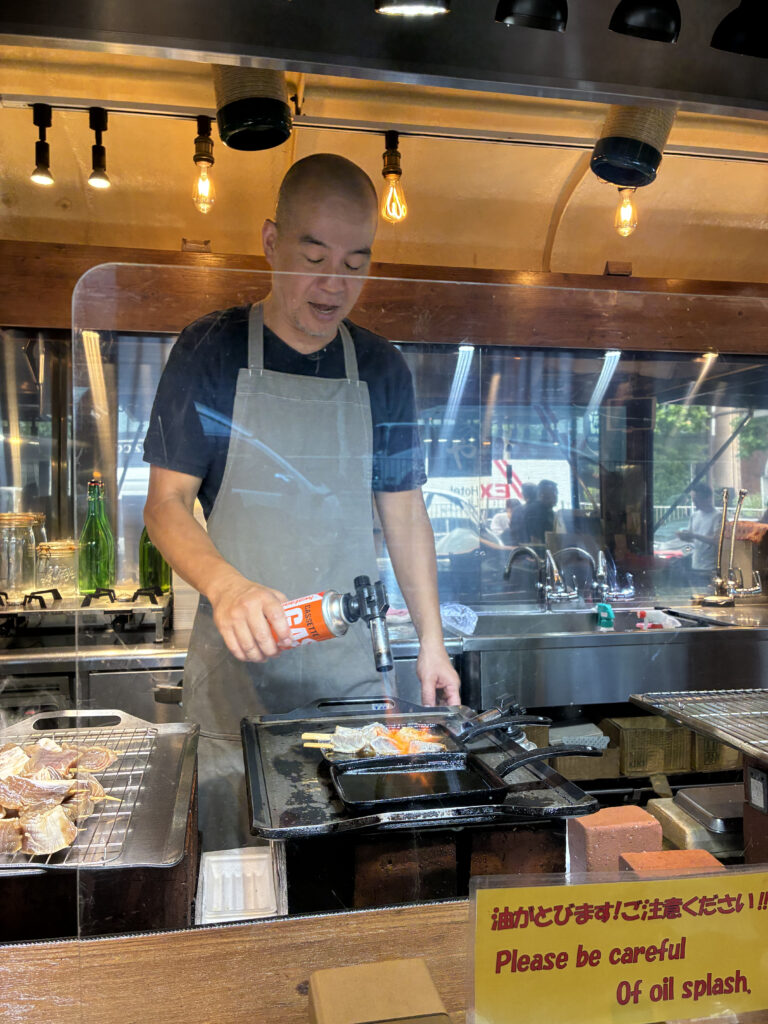
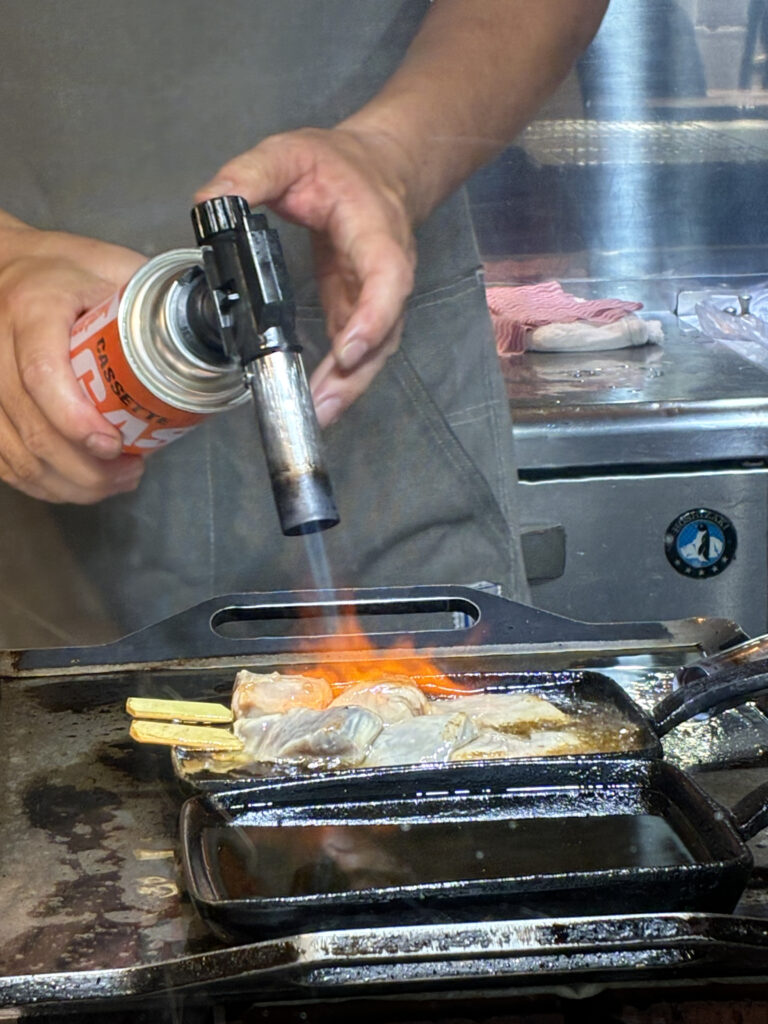
My friend Momo and Mr. K were thrilled about the tender texture and delicious taste of the tuna BBQ, accompanied by a pleasing roasted aroma. Look at the tuna BBQ that Momo was about to bite. It’s big enough not to be a mouthful.

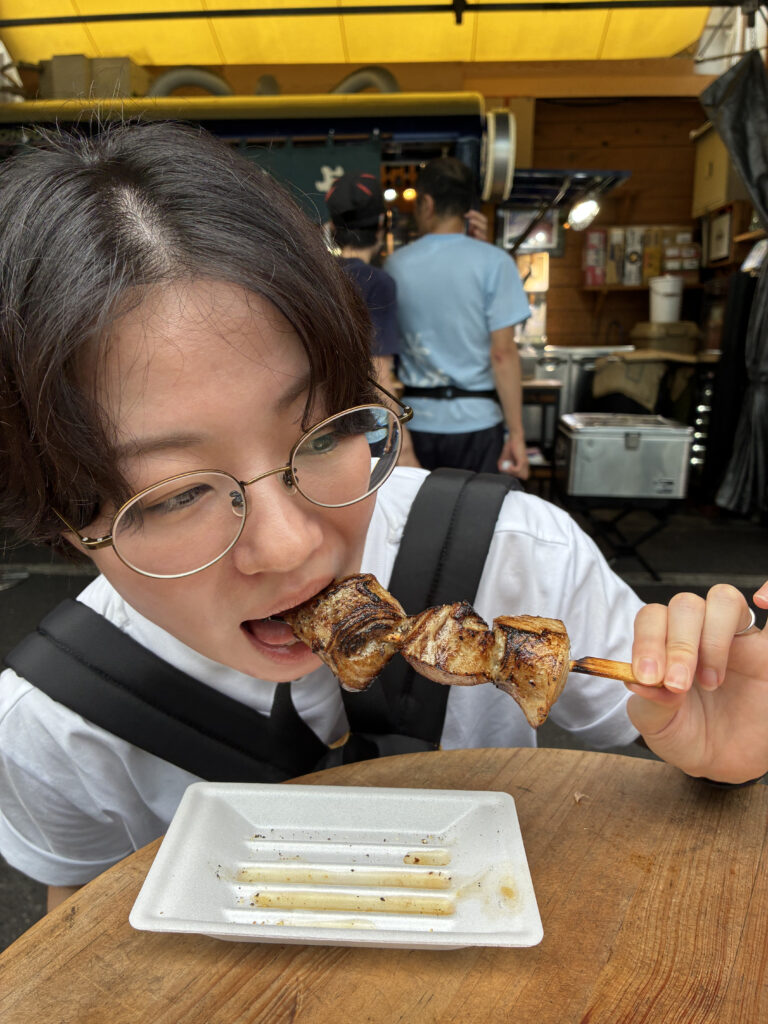
The third stop was Kuro-Gin Maguroya, a fresh tuna specialist. You can taste various parts of tuna, Otoro (the fattiest tuna), Chutoro(moderately fatty tuna), Akami (lean tuna), Kamatoro (fatty tuna meat cut from around the gills), etc., in the very fresh conditions. There is always a long queue of customers waiting to place their orders, and it usually takes 20 to 30 minutes for them to reach the front of the line. It opens at 8:30, so we arrived just five minutes after its opening time on that day.
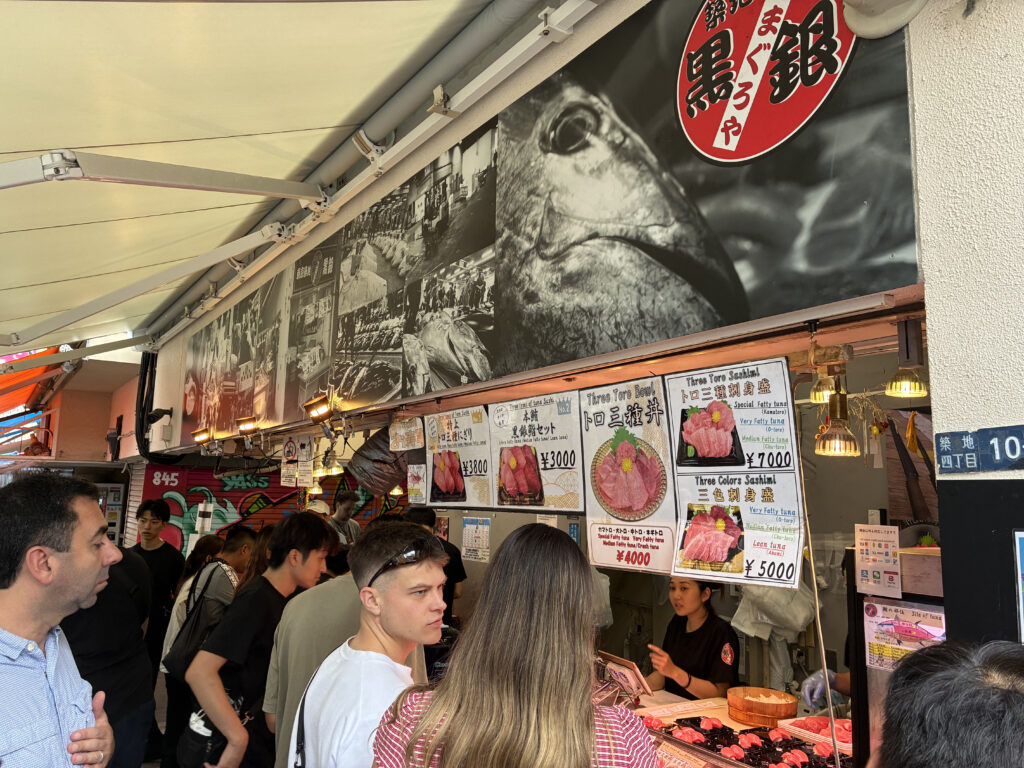
A young chef standing behind the counter was so busy preparing tens of pieces of tuna sushi that he had never spoken a word, but I liked his way of making sushi, which was systematic and rhythmic. Please take a look at the sushi with its bright, deep red color and tender texture. They were cut out, and each cut was thicker than I expected. They looked pretty yummy!
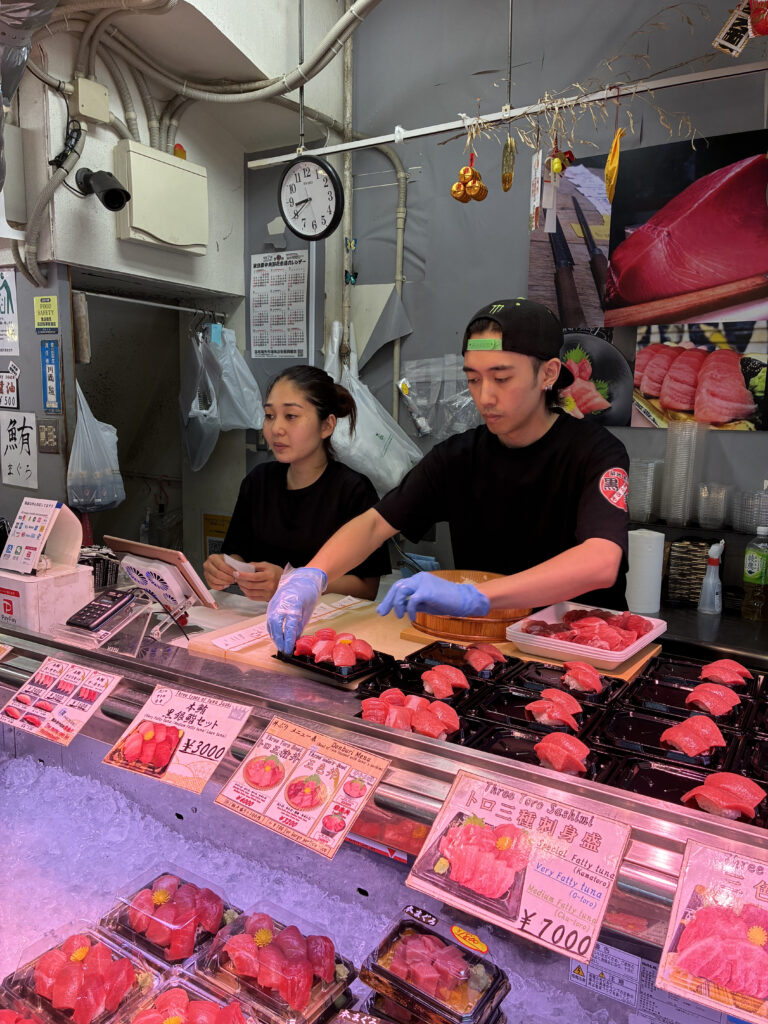

We ordered the Kuro-Gin Set, which includes Otoro (right), Chutoro (center), and Kamatoro (left), with two pieces of each. Personally, I prefer Kamatoro, even though Otoro and Chutoro are more expensive and regarded as more delicious because of the slight sweetness from tuna fat, which adds a mellow flavor. I notice a softer, more tender side to Kamatoro, along with a more straightforward taste that isn’t overshadowed by rich fat. When I guide a couple, I always recommend trying this set and encourage them to taste the differences in the three parts of tuna.

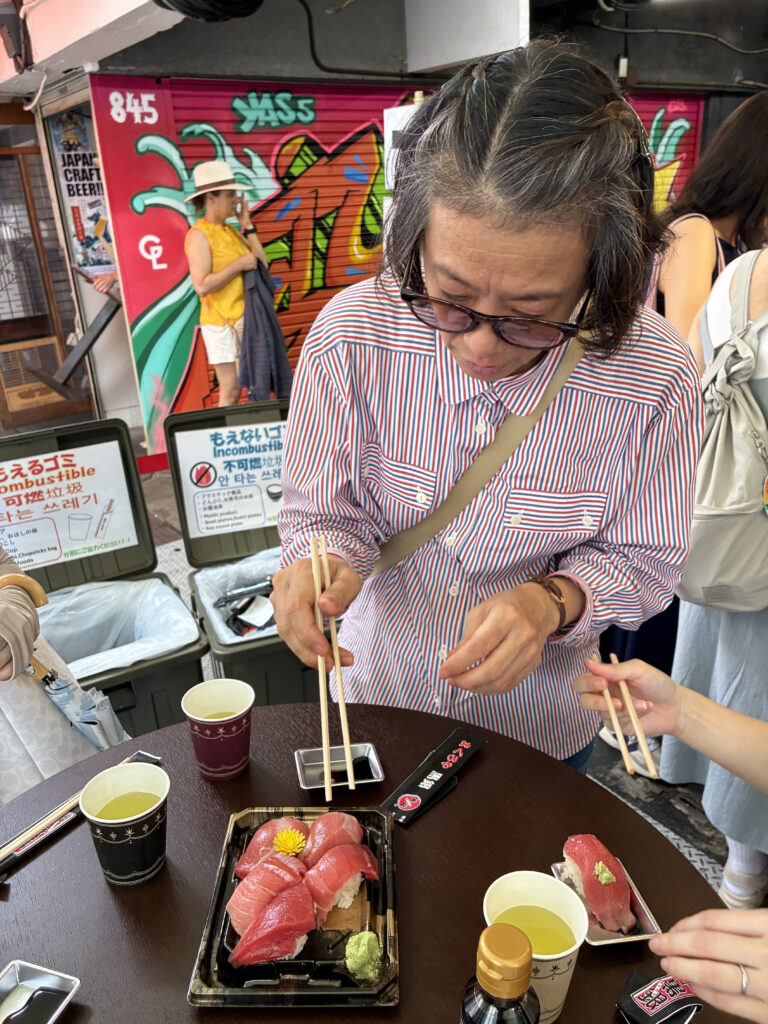
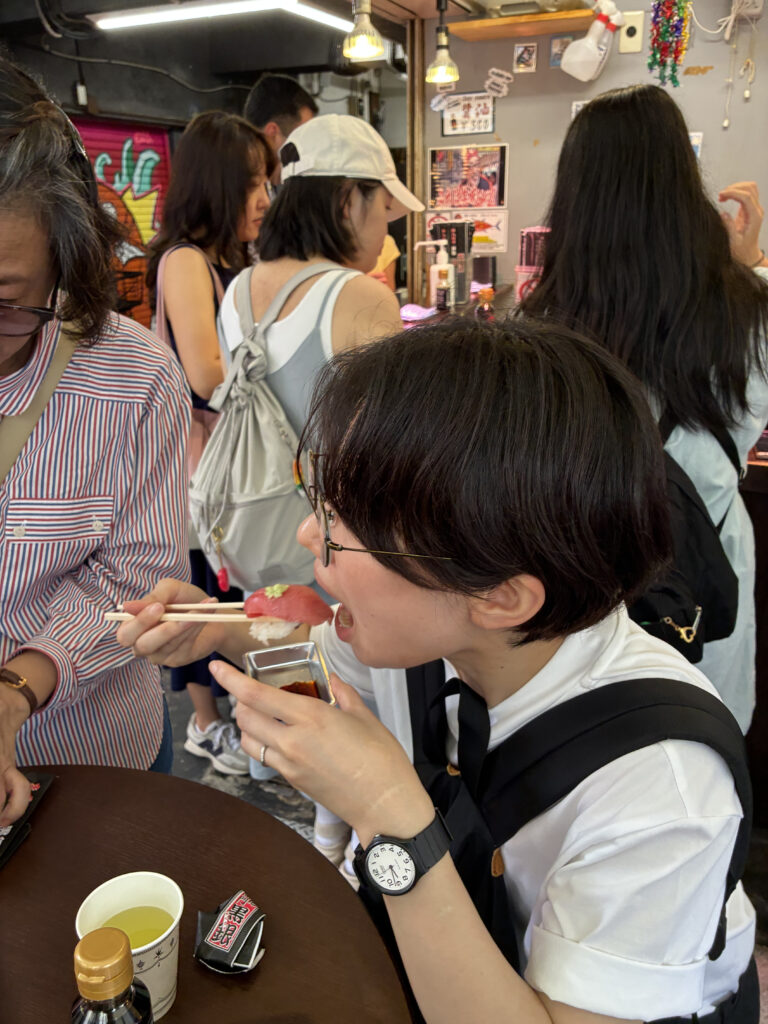
Since we had already tasted various sushi, I took them to Narutou Suisan, a wholesale shop rather than a restaurant, known for fresh and tasty oysters. First, we bought oysters and asked the shop owner to open the shells right there. The oyster meat, about 17 centimeters (7 inches) long, was served on the shells. Our oysters originated from Iwate Prefecture, one of Japan’s top oyster-producing regions, where oysters are raised in the sea rich in nutrients from the deep forest carried by rivers flowing into the ocean.
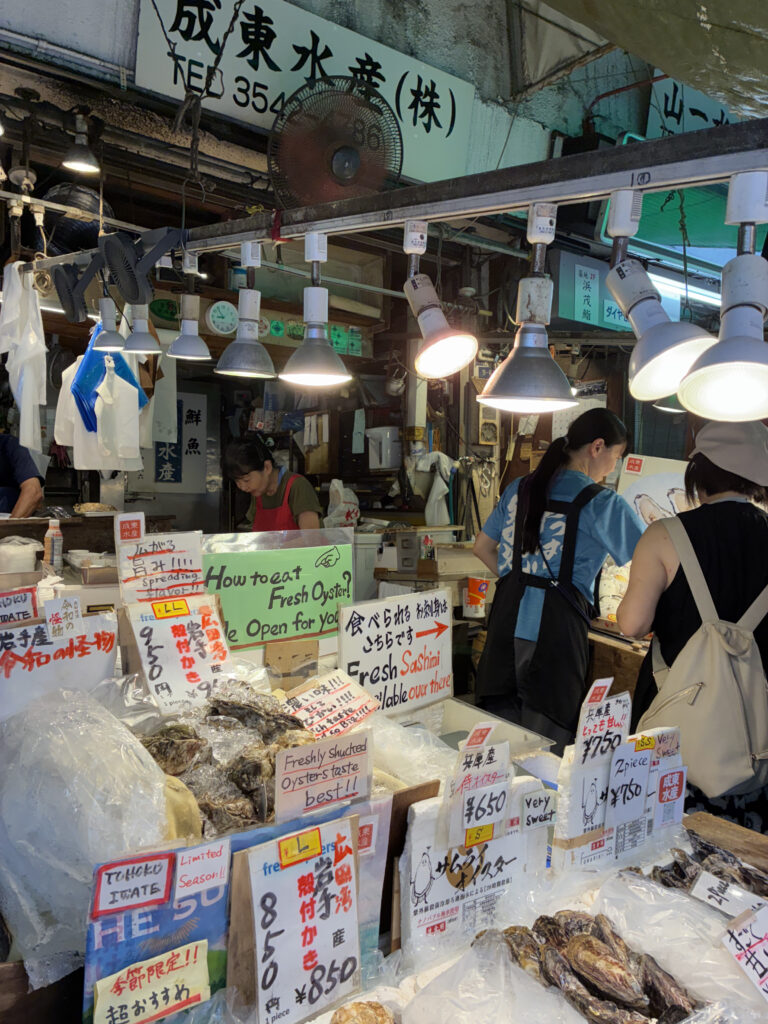
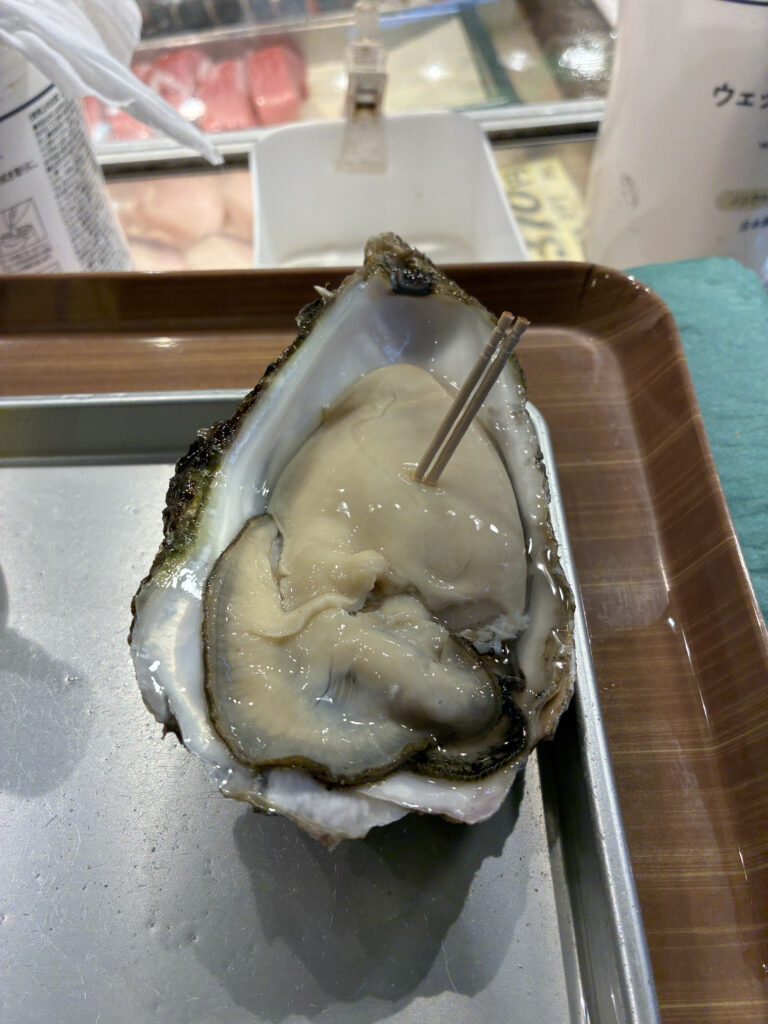
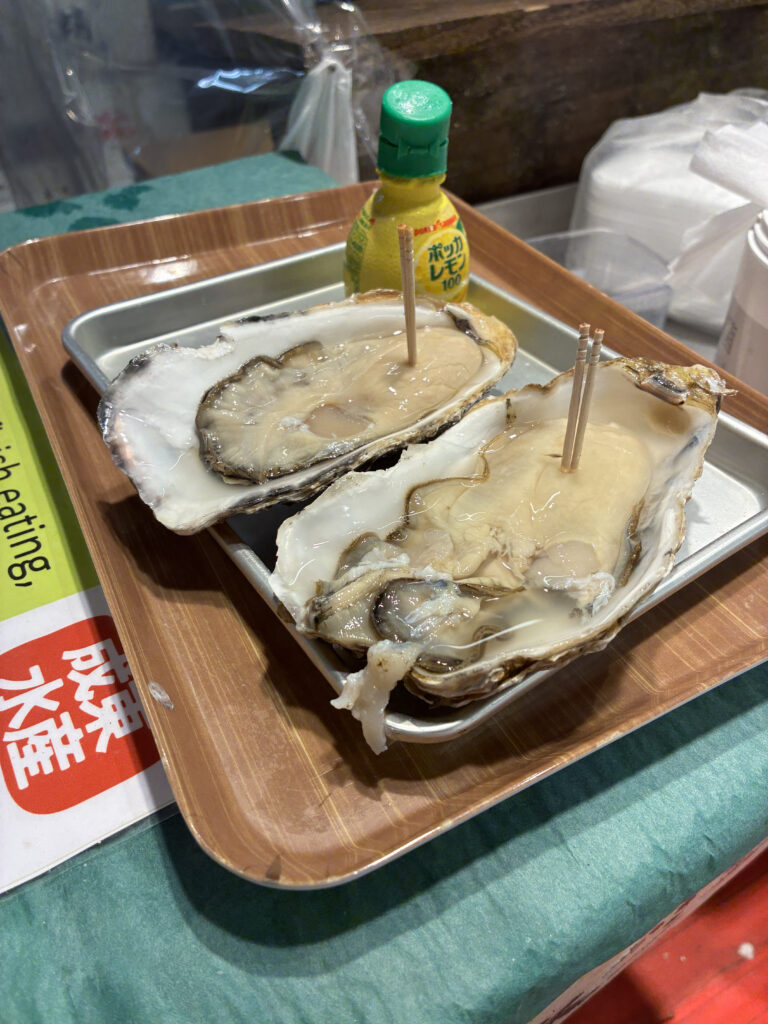
Next was Tsukiji Toritou, a wholesale shop specializing in chicken, where many restaurant chefs and owners often come to buy various parts of chicken in bulk. The shop also sold yakitori, traditional Japanese chicken skewers, in front. There were grilled breast, leg, wing, heart, liver, skin, gizzard, neck meat, and bonjiri (chicken meat from the tail).
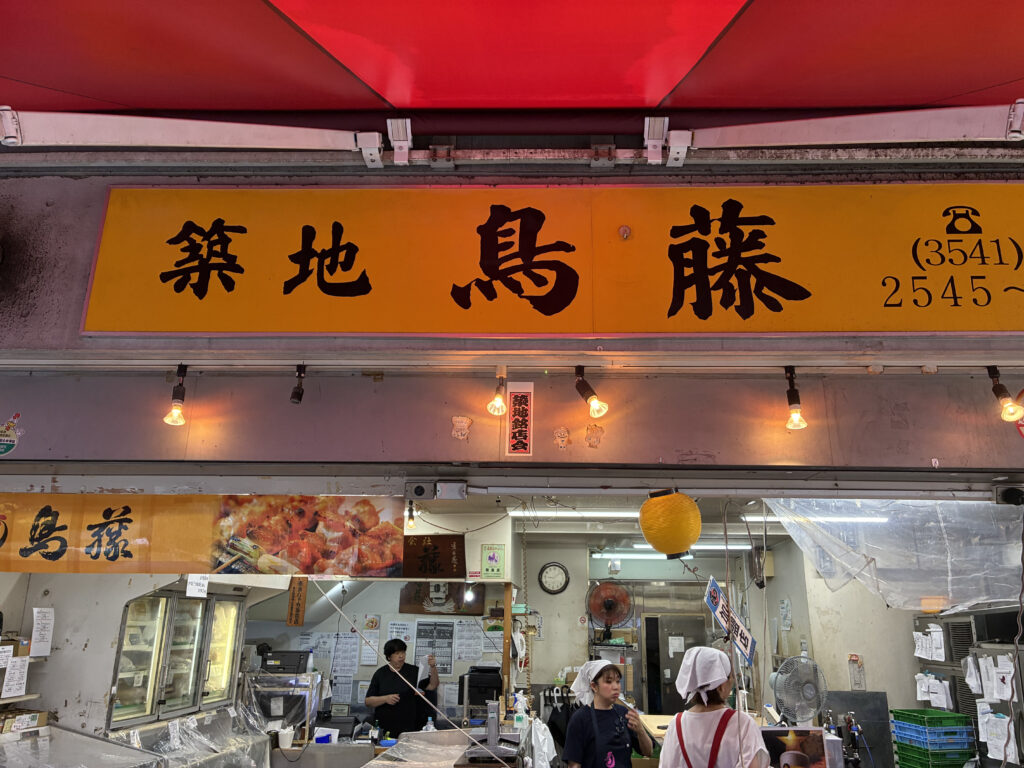
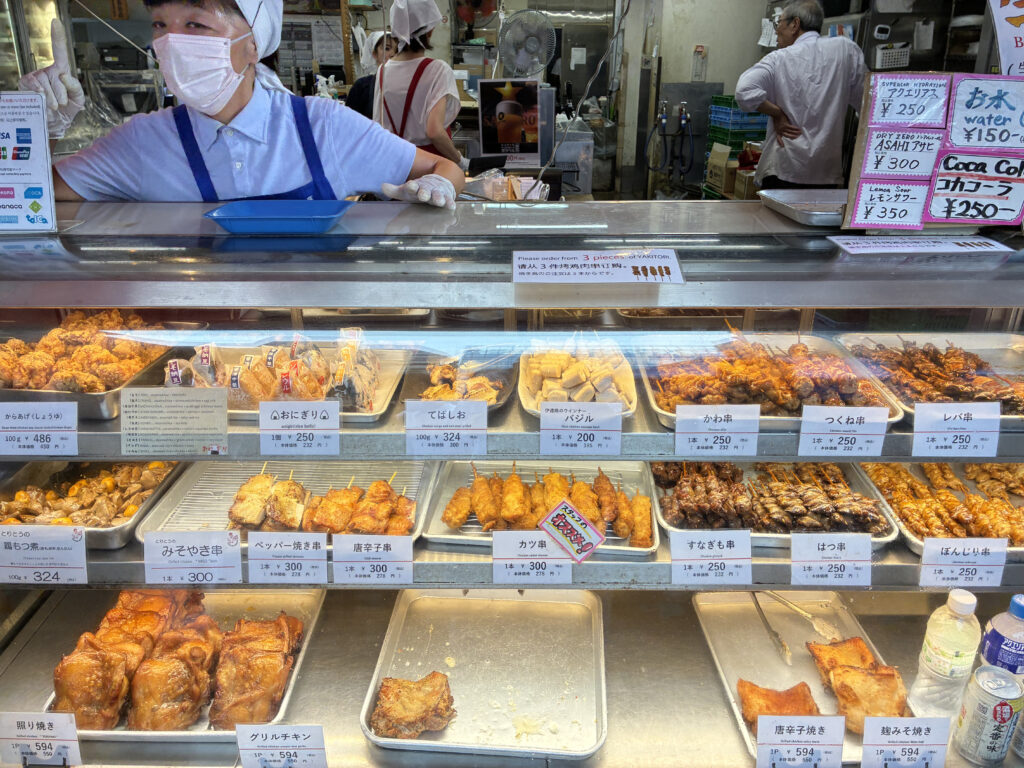
Mr. K and his wife enjoyed liver skewers, while Mrs. K chose Negima, a dish consisting of chicken breast with leek cuts. They looked happy!
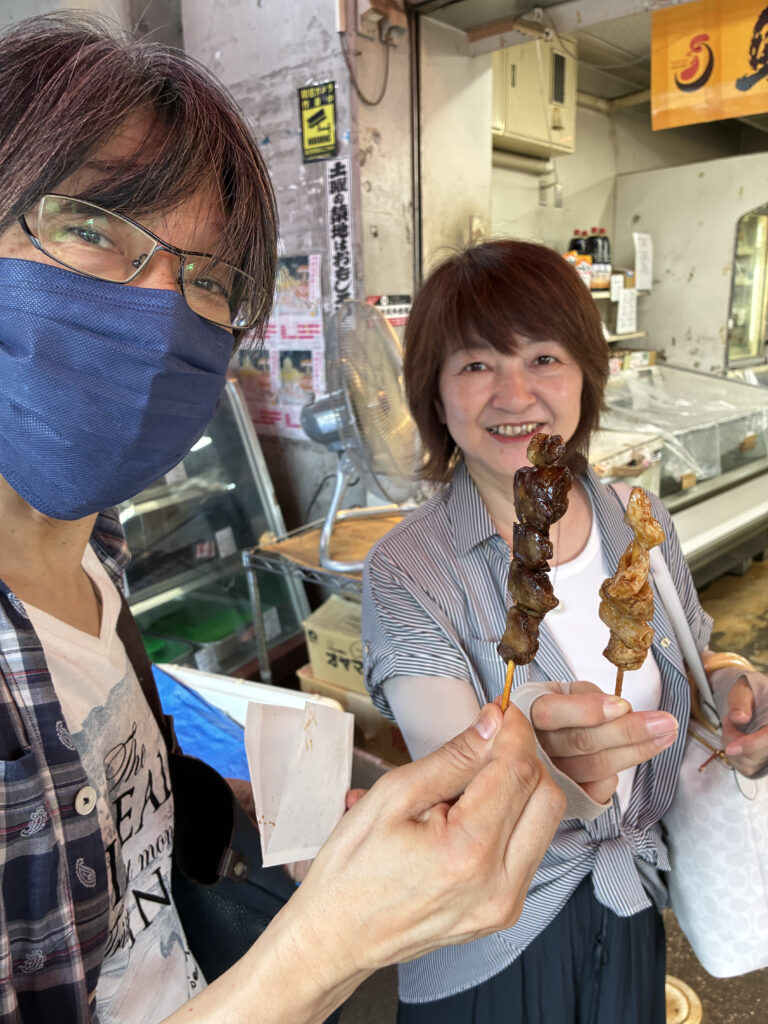
Momo told me that she wanted some sweets to refresh her mouth. So, I introduced her to Soratuki, a strawberry sweets specialist in Tsukiji. Its strawberry was quite delicious, with a moderate fresh sourness. I recommend tasting the strawberry itself without any decorations, but Momo ignored my suggestion and enjoyed the strawberry stick coated with candy. Look at her eyes; she never looked at my face when I asked how it tasted, and enjoyed her own choice.
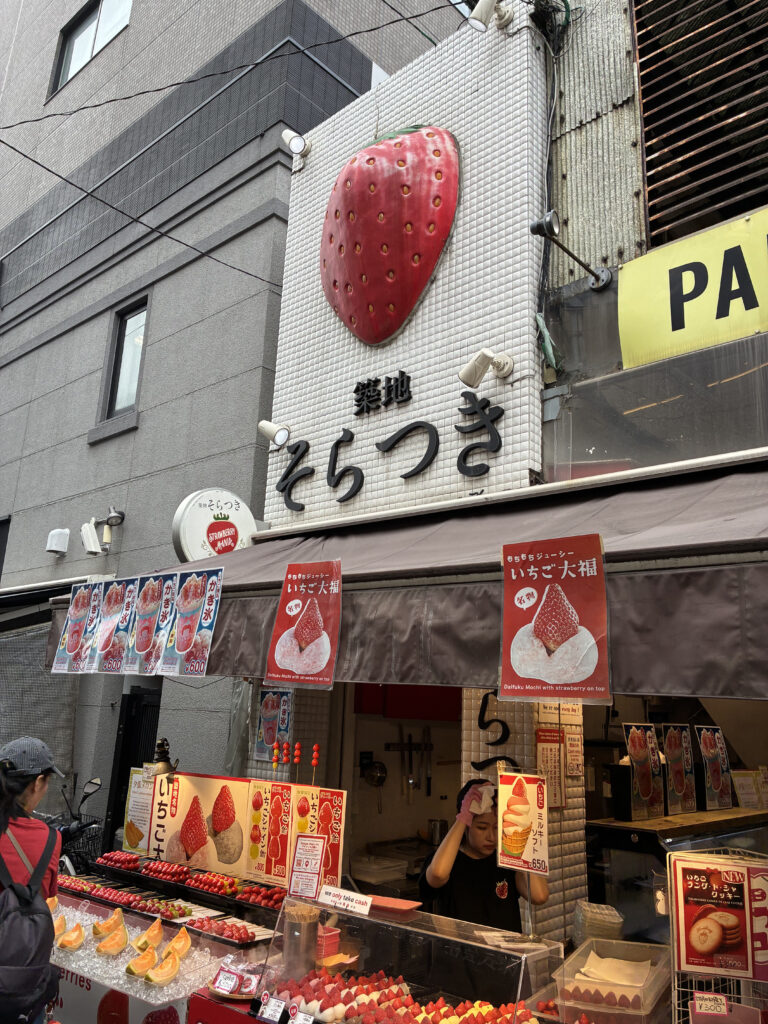

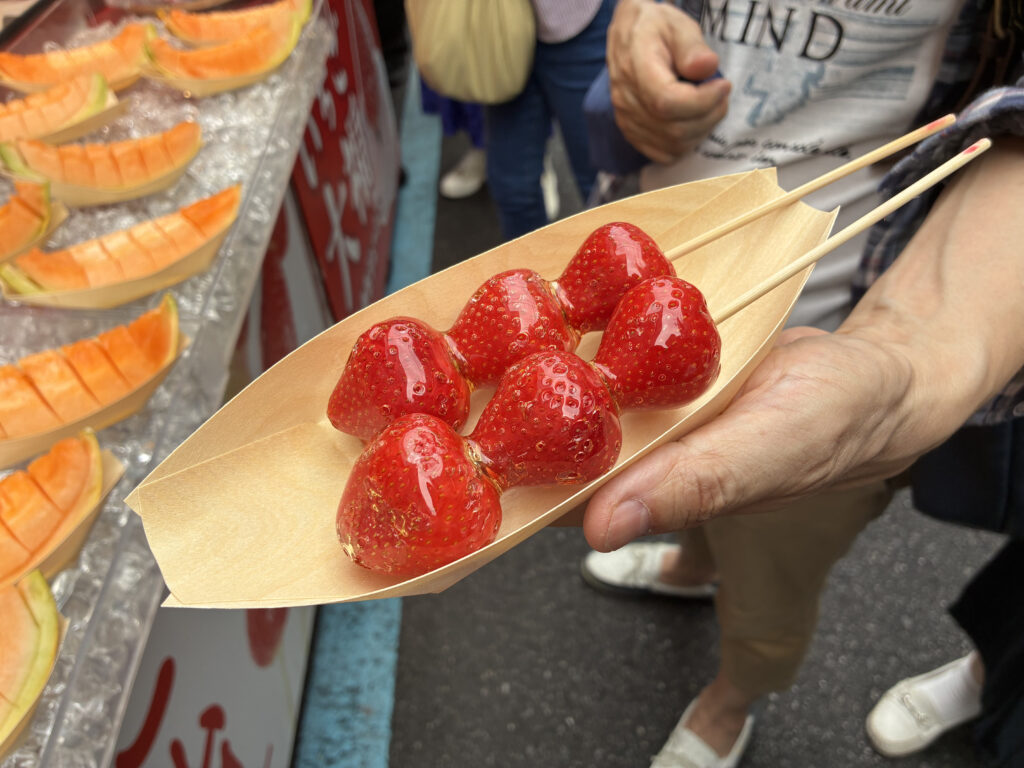
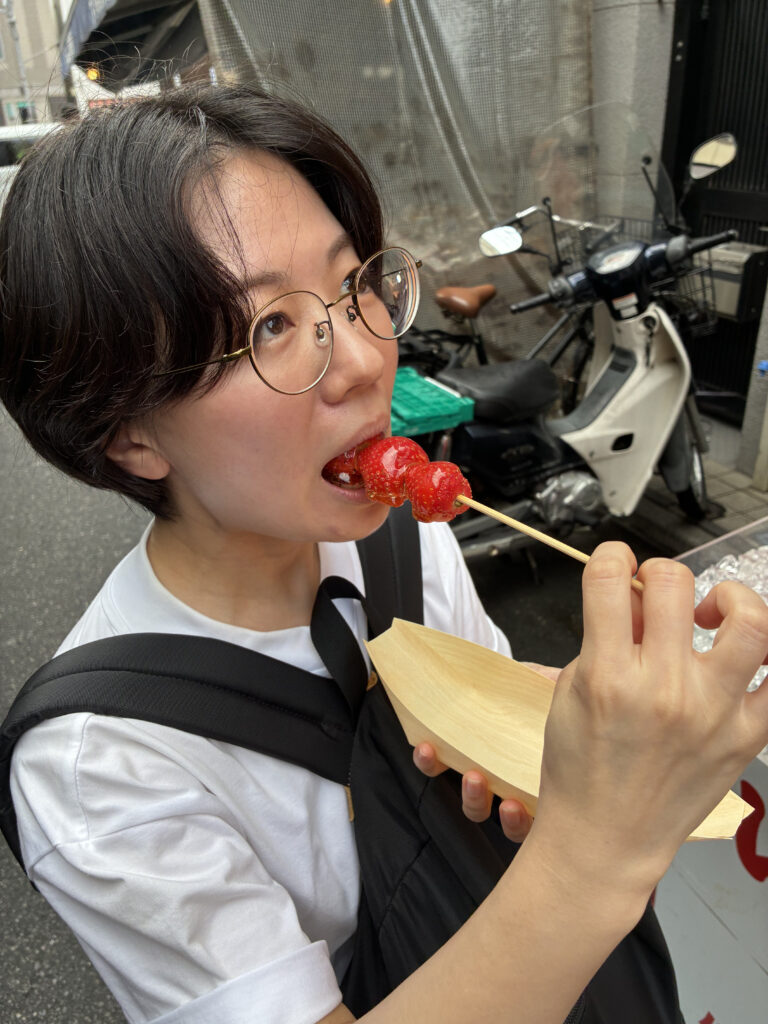
I would also like to recommend Ichigo-Daifuku, a mochi cake with sweet red bean paste inside, topped with a strawberry. It’s my favorite because the combination of red bean paste and fresh strawberries is excellent. Additionally, the texture of mochi complements a slightly solid touch of strawberry. Believe me. It’s so lovely!

There are three Soratsuki shops in the Tsukiji Outer Market, but only this shop near Toritou has chopsticks on its shelves. The shop owner told me that he wanted customers to browse the beautiful chopsticks, one of the unique culinary items in Japan, while enjoying Soratsuki’s sweets. It’s a good idea.

After Soratsuki, we stopped eating for a while and visited Tsukiji Uogashi after 9:00. The Tsukiji Uogashi features various shops catering to professionals, such as chefs and restaurant owners. It opens very early in the morning for them, not allowing tourists to enter before 9:00. Even after nine, most of the shops never permit visitors to take photos inside the mall. (Note: The following two images are borrowed from the website of a shop inside. )
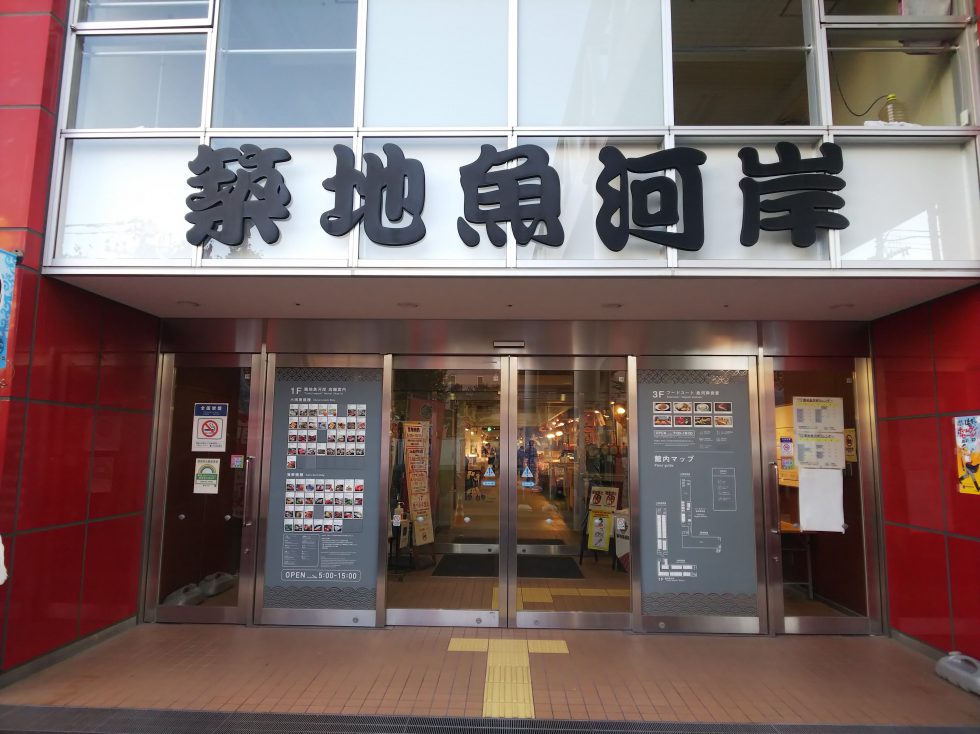
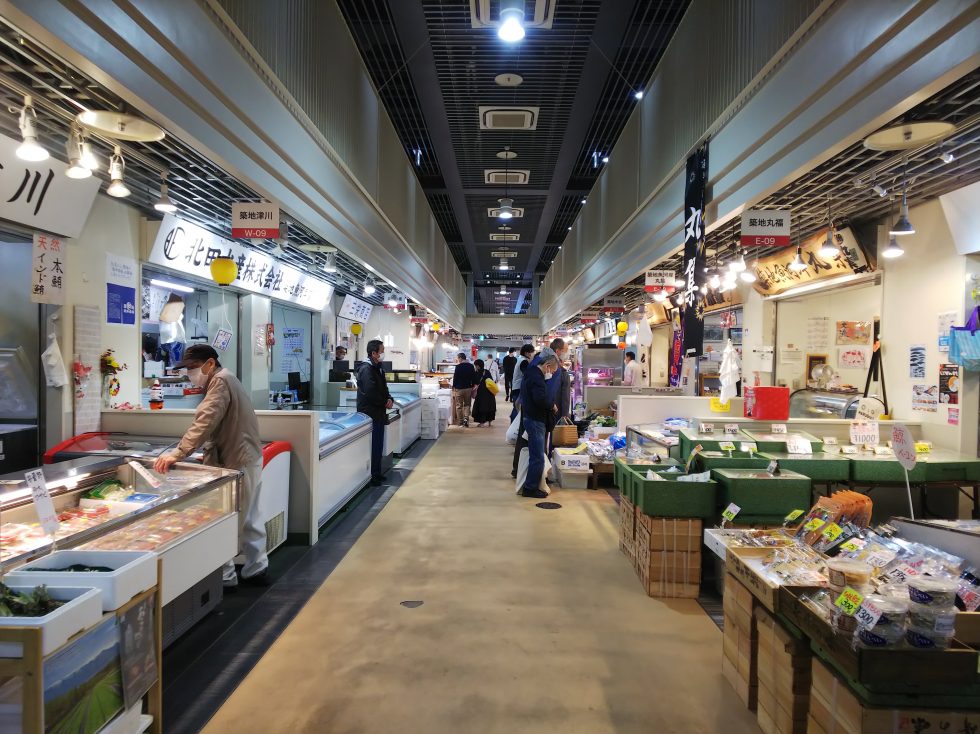
Our only chance to take photos of the mall is when we make a purchase at the shop, and the shop owner usually allows us to take pictures of the shop and its merchandise. Then an opportunity arose because of Mr. and Mrs. K’s readiness, as they brought a freezer bag containing solid coolant for frozen food for shopping during the tour. Mr. K was very excited about a belly block of tuna called boomerang that contained Chutoro parts.
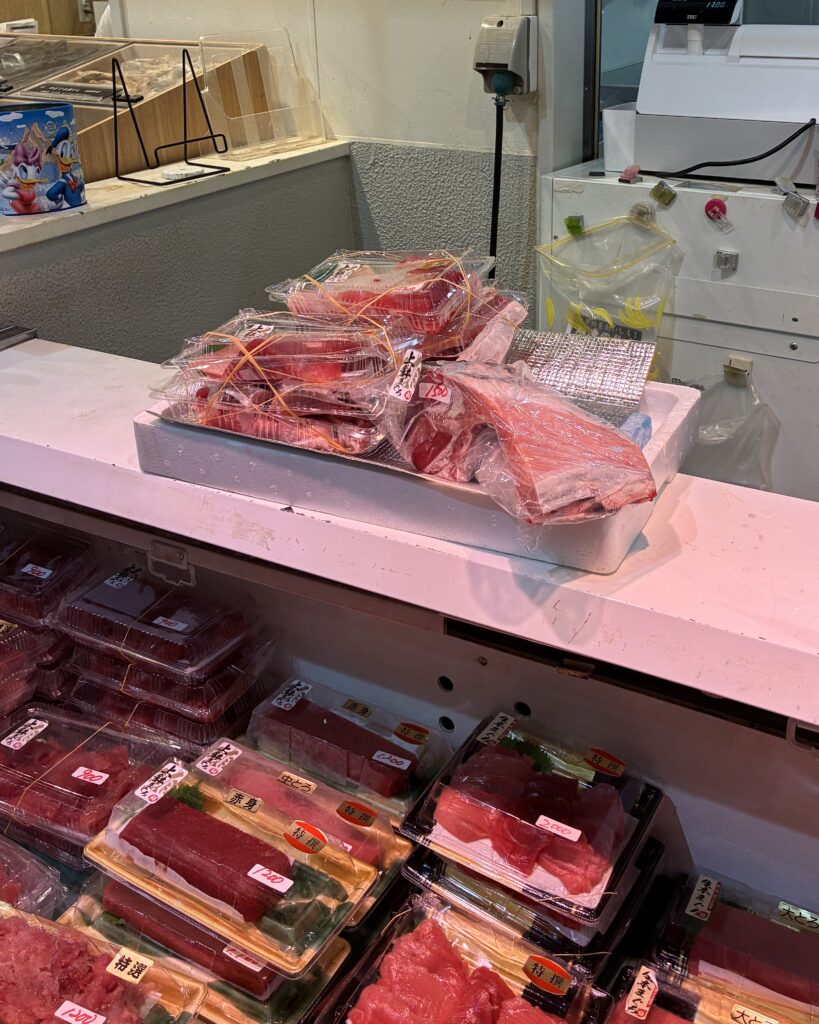
On the second floor, a food court offers meals in a well-ventilated area with good air conditioning. One of them is the Tsukiji Sake Flight, which offers various types of sake, a traditional Japanese rice wine, at its standing bar. It serves a trial sake tasting of three brands of your choice at 1,300 yen. It’s pretty reasonable to taste different brands and flavors at once. The shop owner also allows us to bring any food bought at any shop on the first floor, so we can enjoy sake with fresh sashimi that comes straight from a wholesale shop in Tsukiji Uogashi.
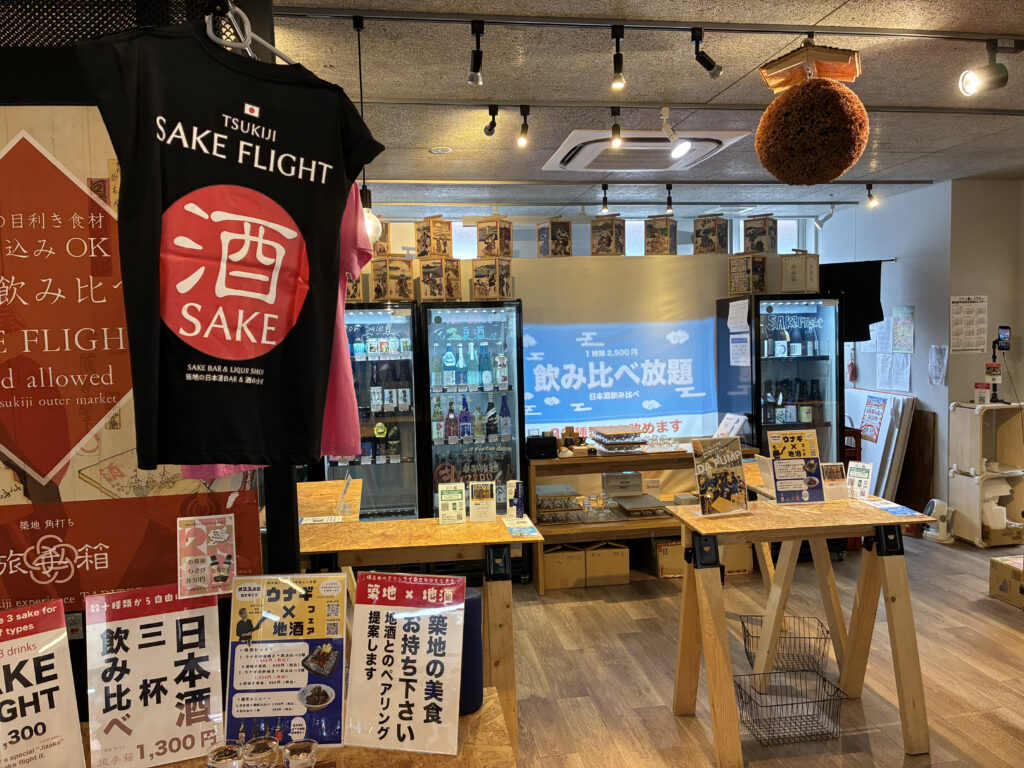
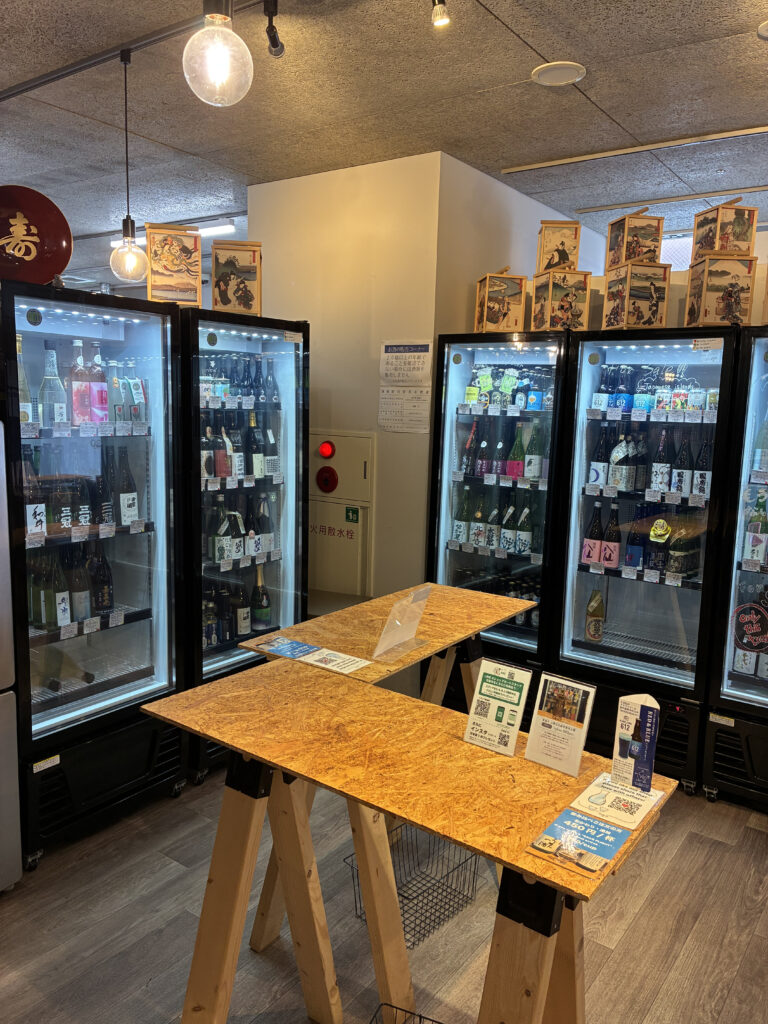

We still had space in our stomachs, so we went to a famous shop, Marutake, selling Tamagoyaki, grilled egg rolls. Have you seen sushi topped with a slice of egg roll omelet at a sushi restaurant? That’s the one, tamagoyaki. Sushi chefs who come to Tsukiji are so busy preparing sushi at their restaurants before opening hours that they often buy tamagoaki at the specialty shops. Since Tsukiji became popular among tourists, tamagoyaki shops began selling pieces of tamagoyaki as street food for visitors, and it took off so well.
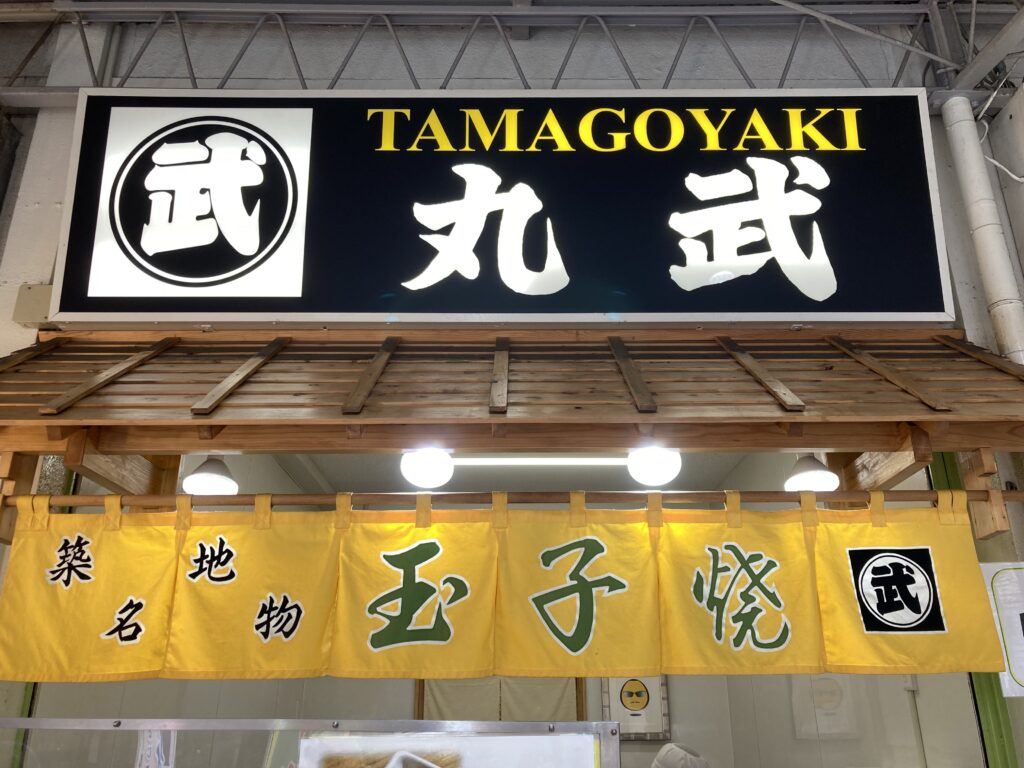
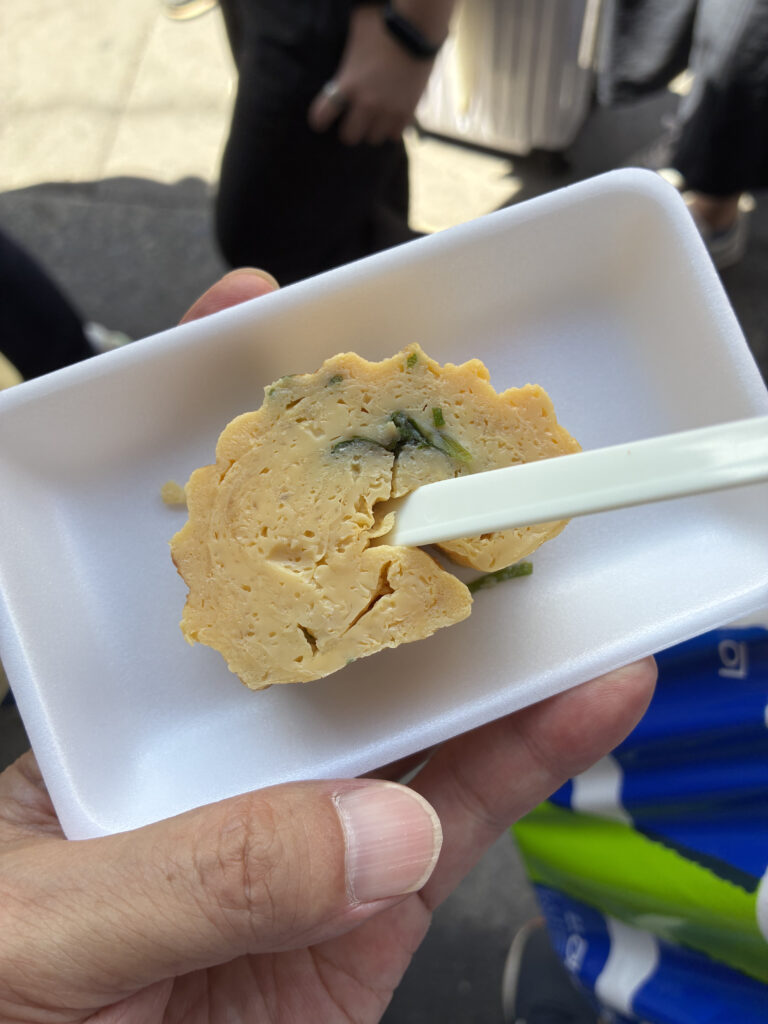
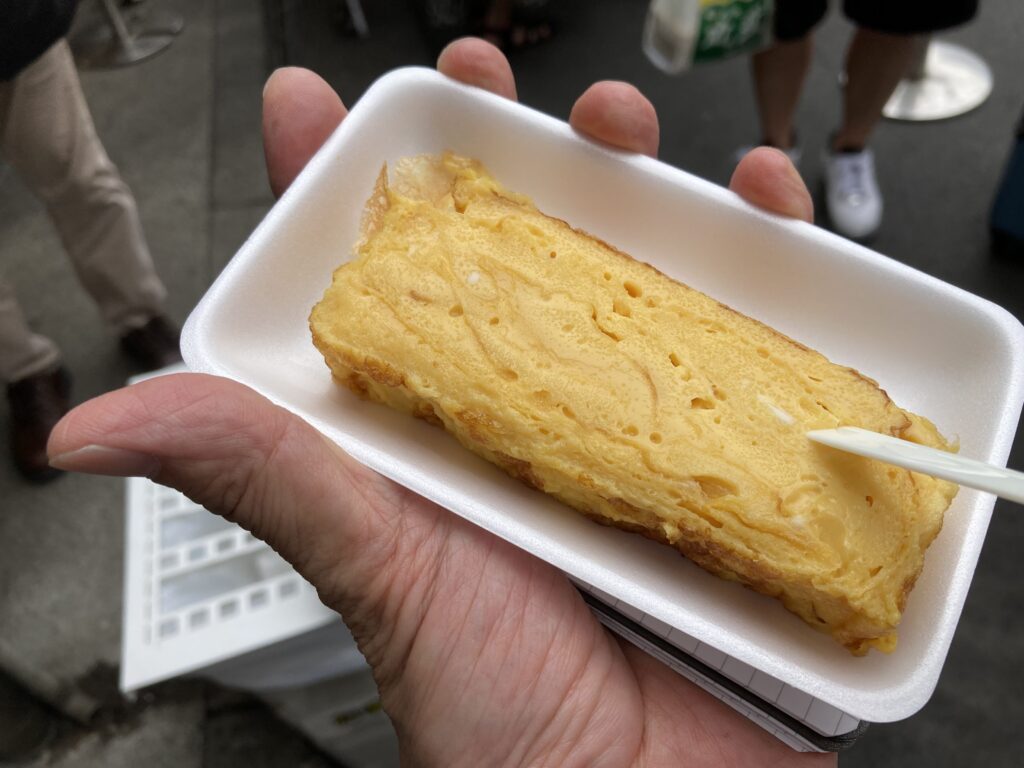
The last shop of my tour was Aji no Hamatou, specializing in fish products and nerimono. Nerimono is made of fish meat paste that is steamed or fried. It’s the typical and common ingredients of Japanese dishes, especially those that are fried, which always pair well with beer.
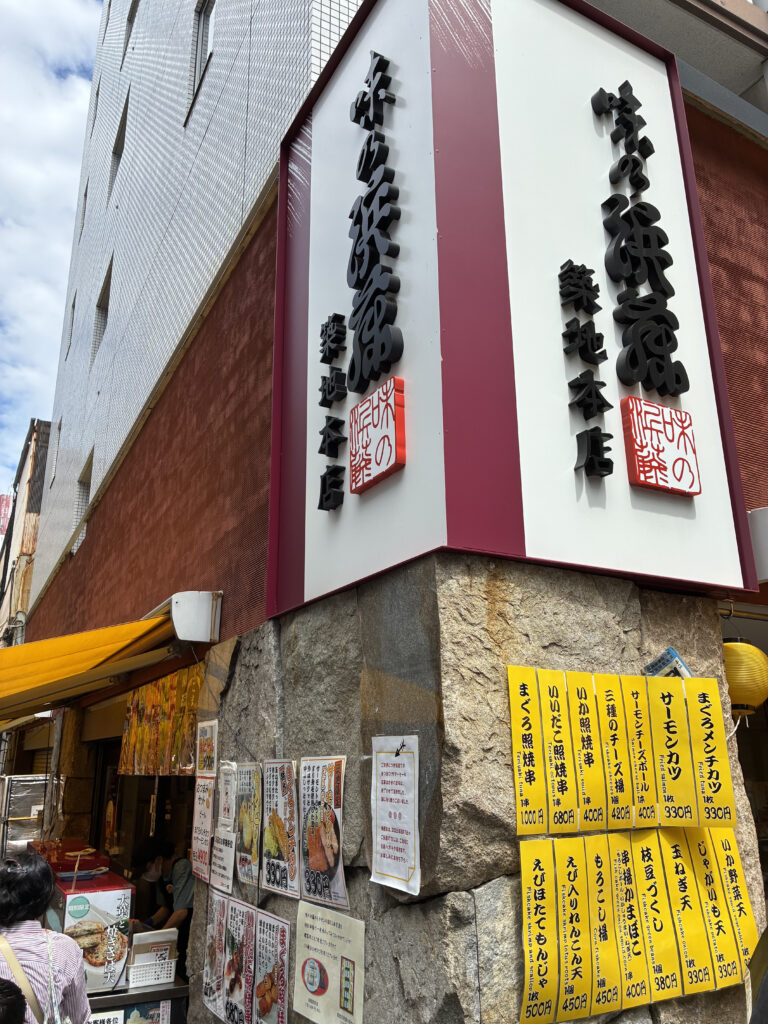
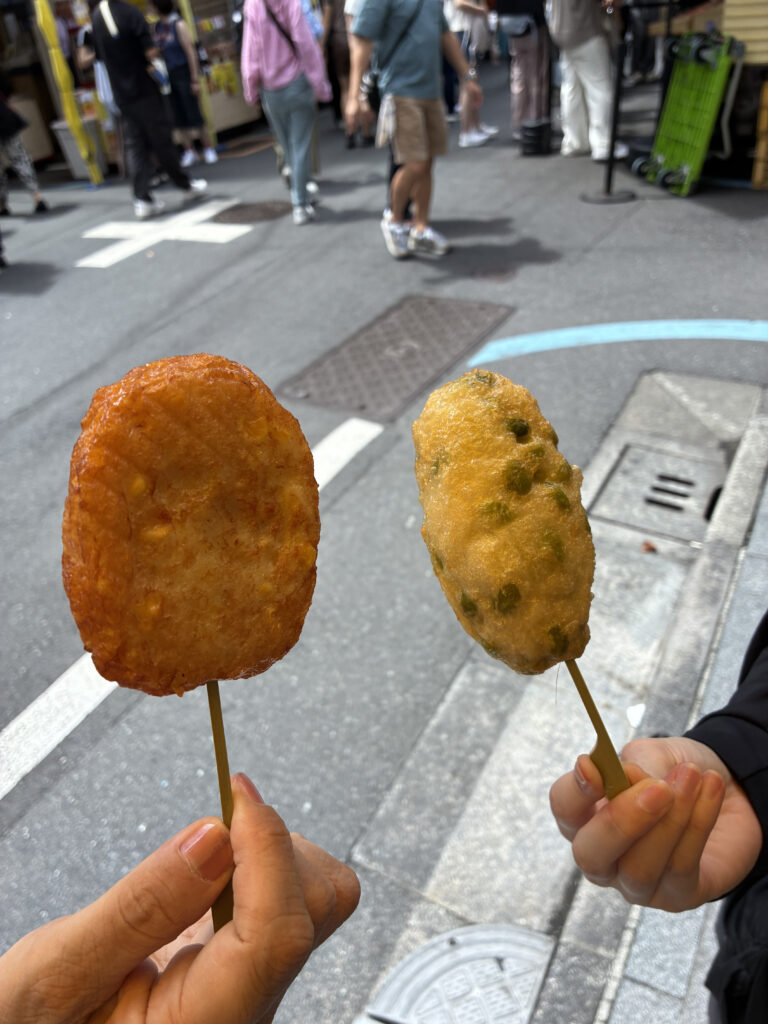
Mari was biting into Jagaimo Ten, which was made of a mixture of mashed potatoes and fish cake (left), while Momo was eating Edamame Ten, a fish cake featuring young green soybeans (right). Mari explained the taste, saying that she felt like munching on the mashed potatoes in the fish cake. Momo told me that she could feel the good texture of beans in the moderately hard fish cake, which had good flavors.

I chose a minced tuna cutlet with tonkatsu sauce, which tastes somewhat like BBQ sauce. I enjoy this junk food because it always brings back good memories of me and my friends eating similar fried foods after school.
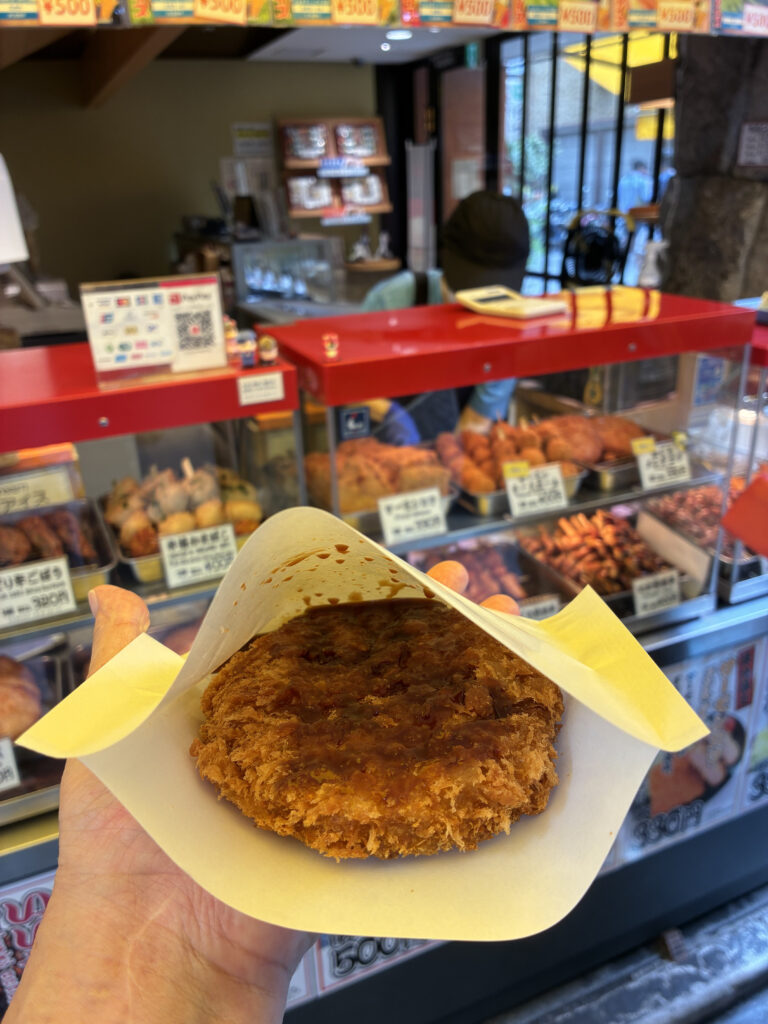
That’s the end of my tour, but I still have a place for them near Tsukiji. On the way to Higashi Ginza Station, we can see the Kabukiza theater, where very traditional Japanese theater plays are performed. It was renovated recently, but it still retains its unique style.


The theater has two souvenir shops on the ground and basement. Please take a look at the following photos. You can find items with unique designs inspired by Kabuki, a traditional Japanese theater performance, to capture your memories of Tokyo.
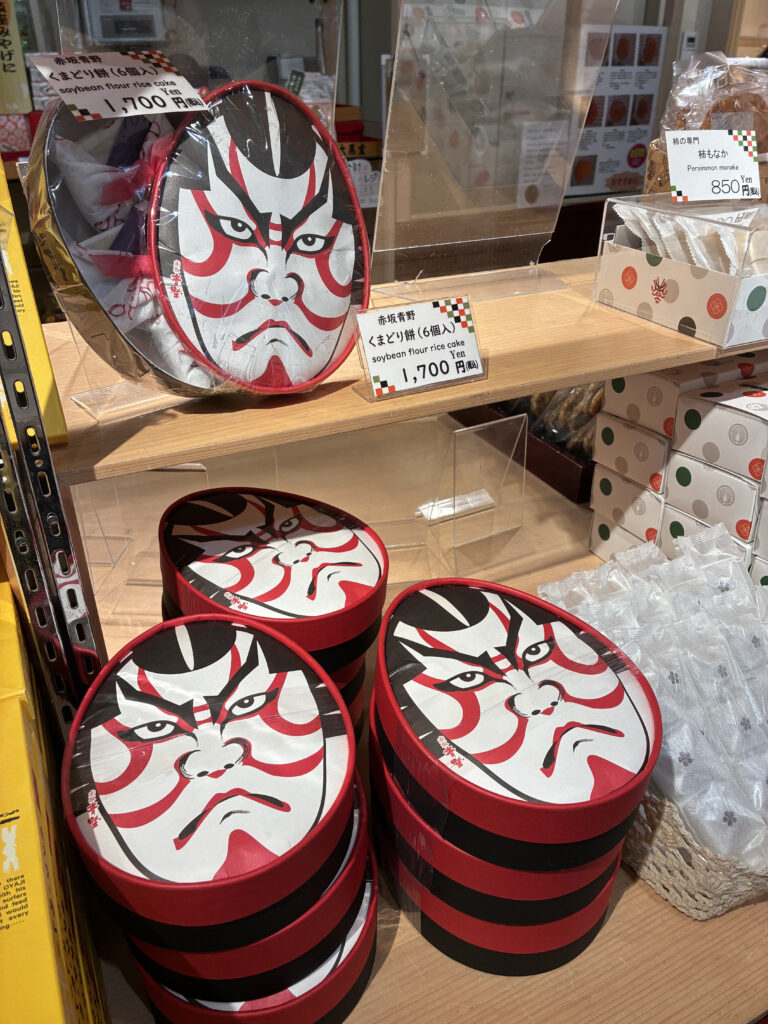
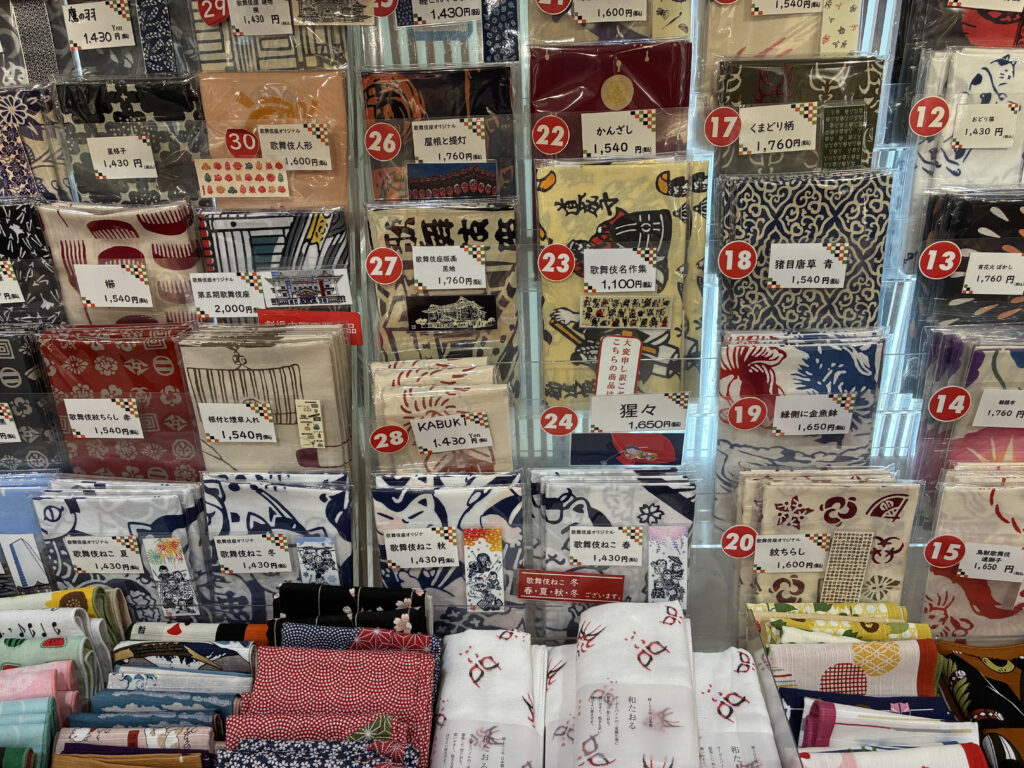
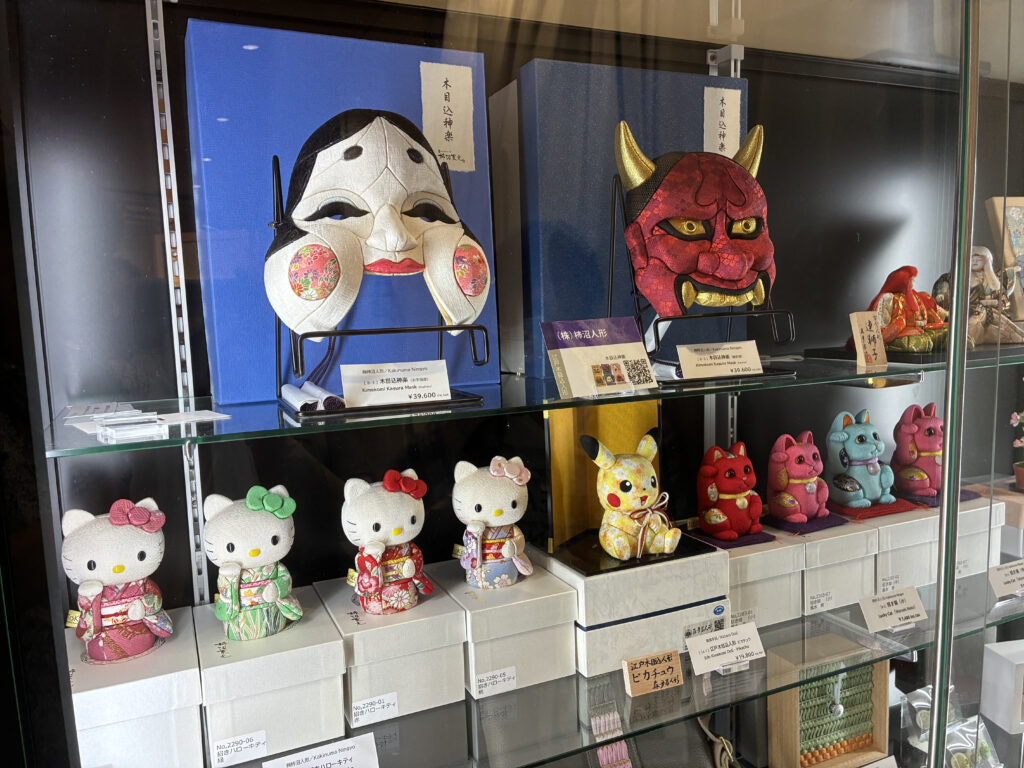
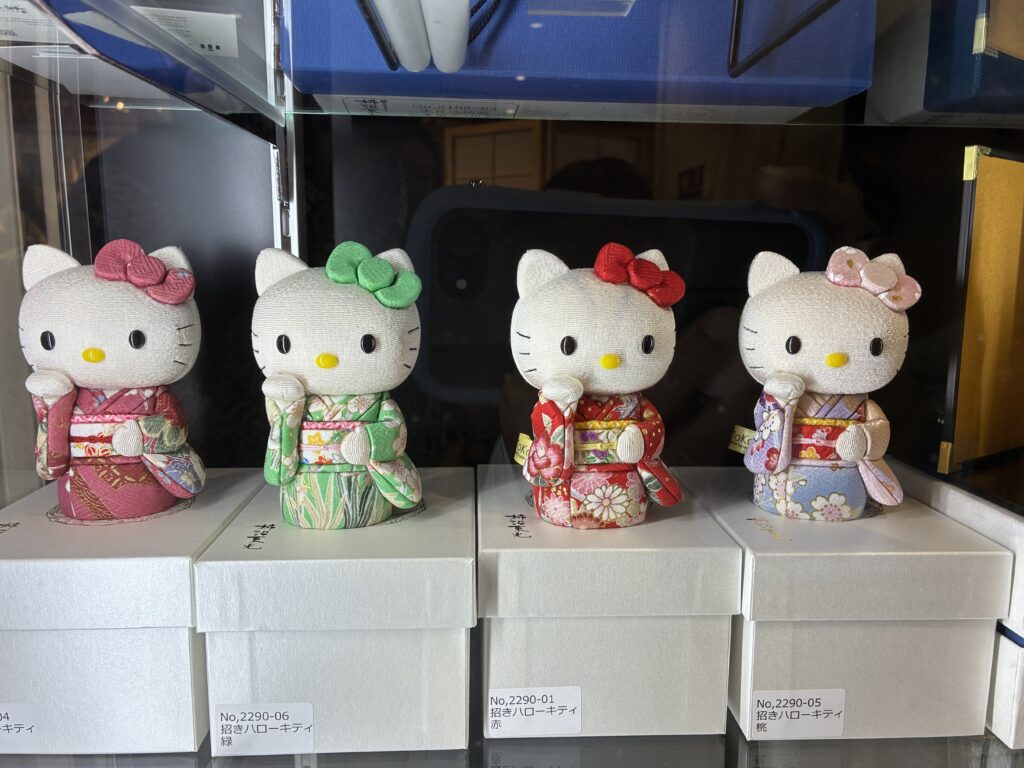
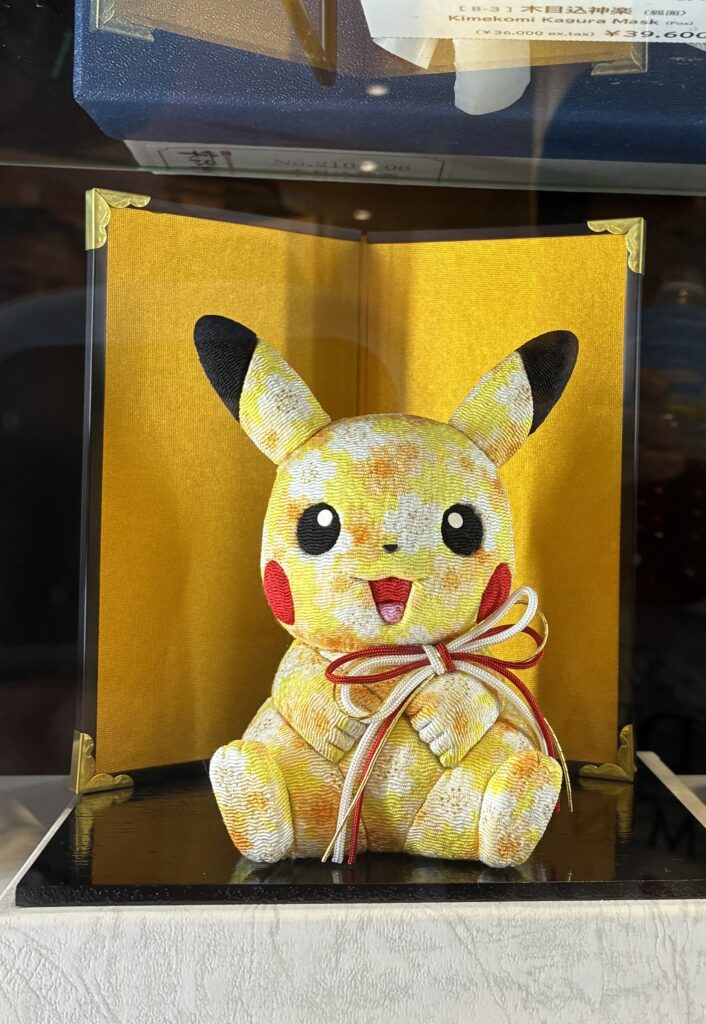
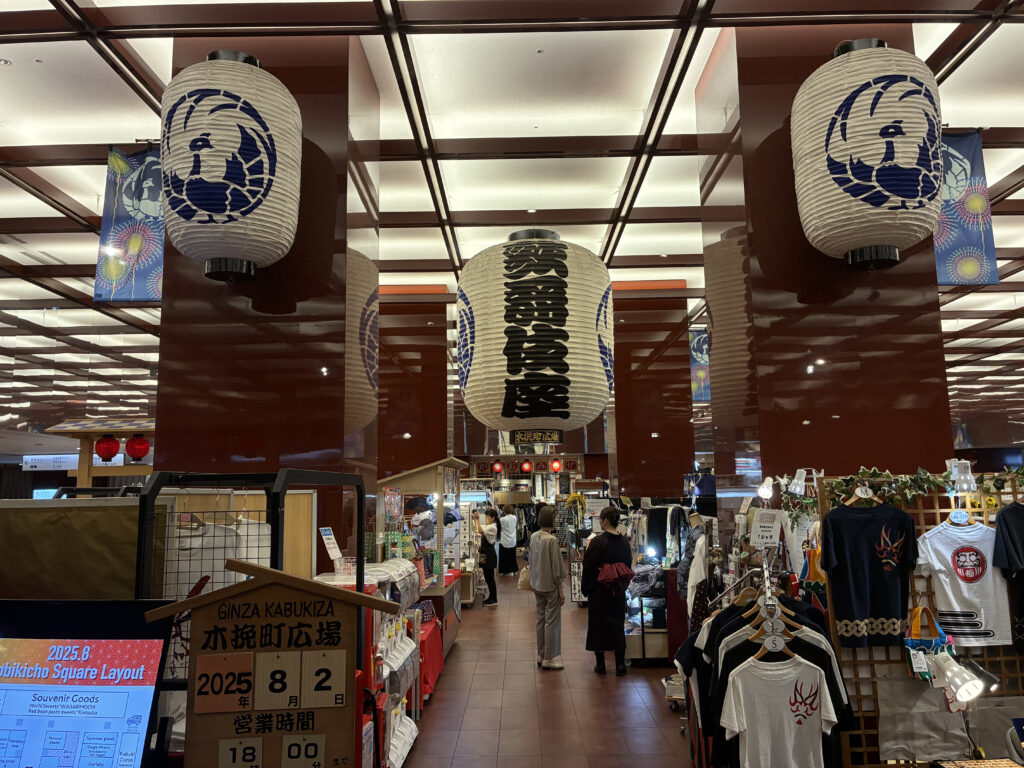

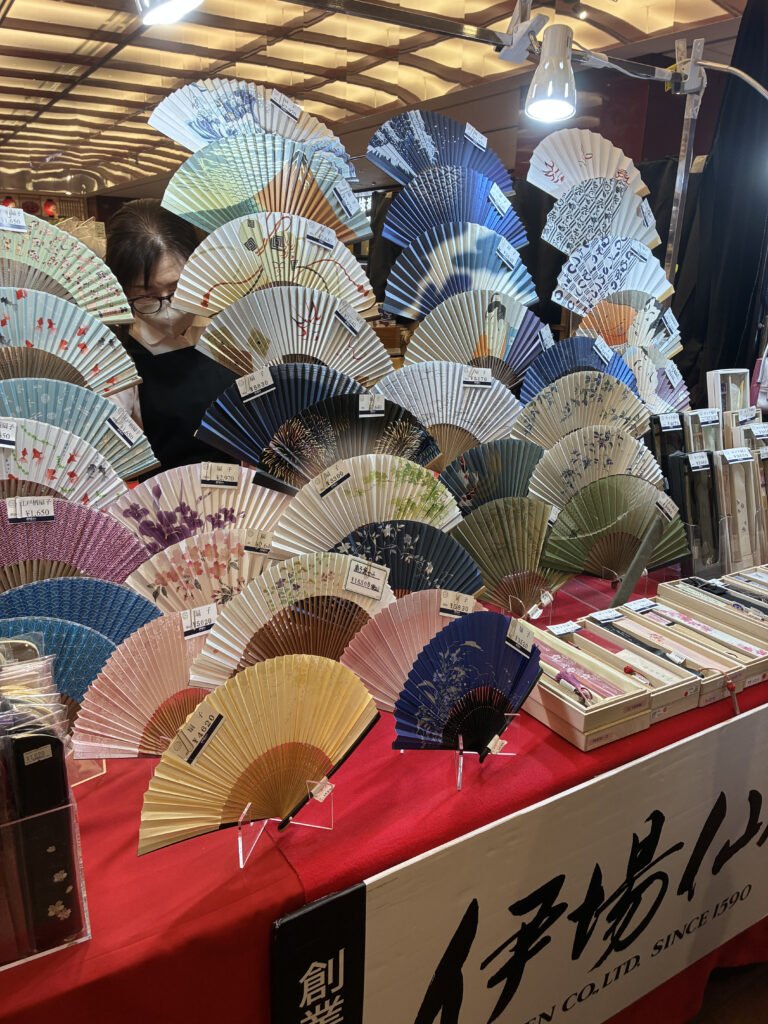
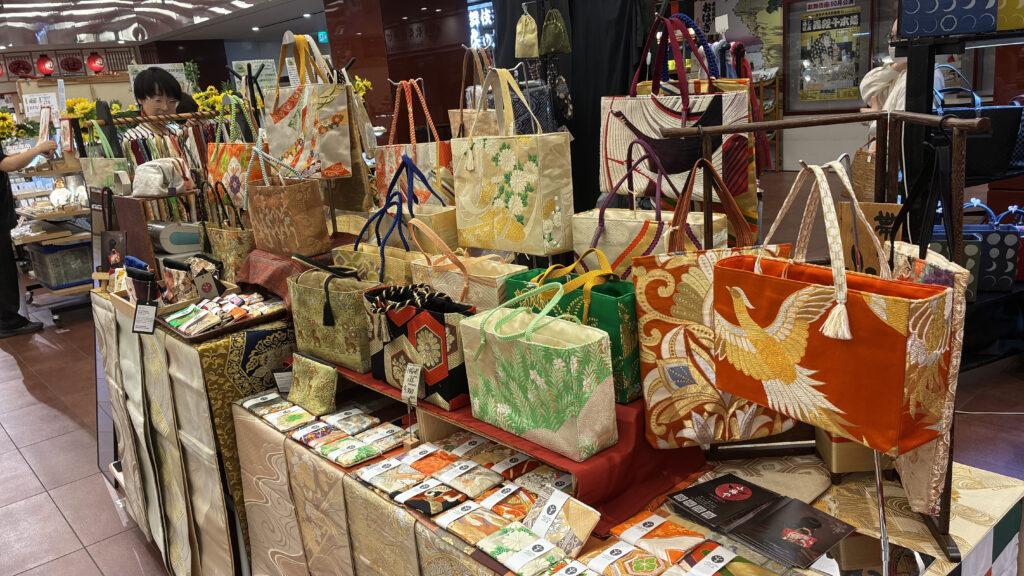
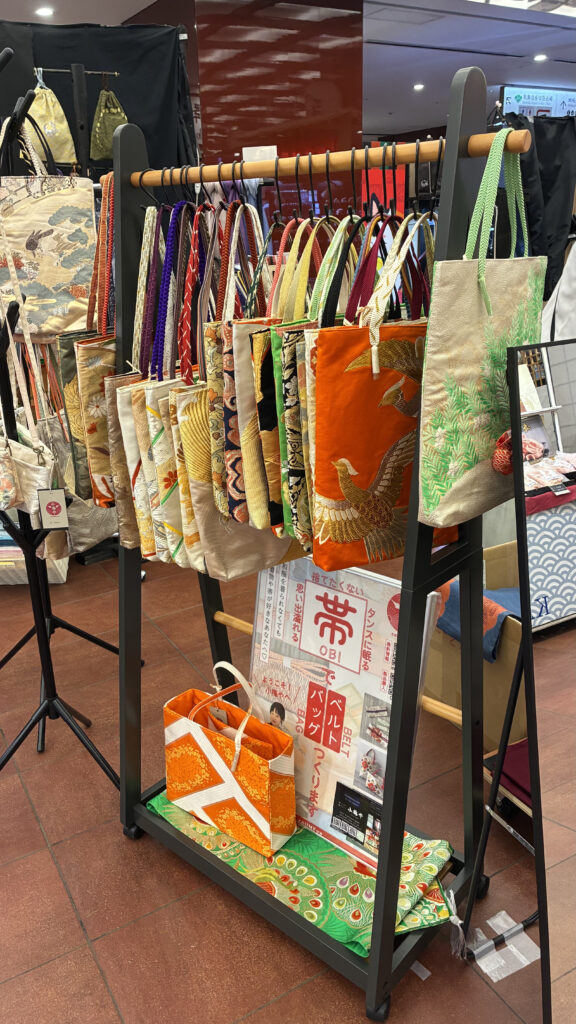
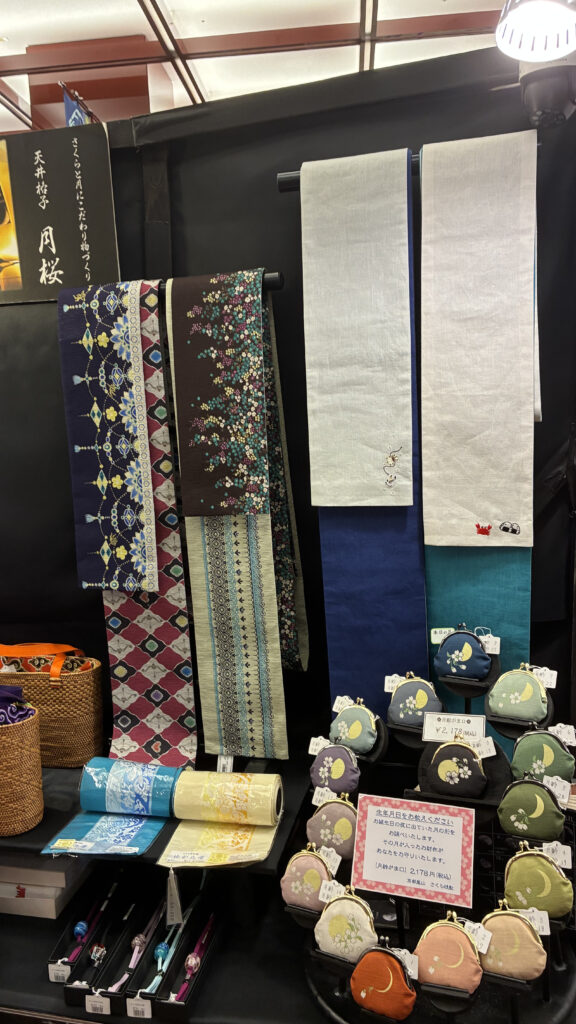
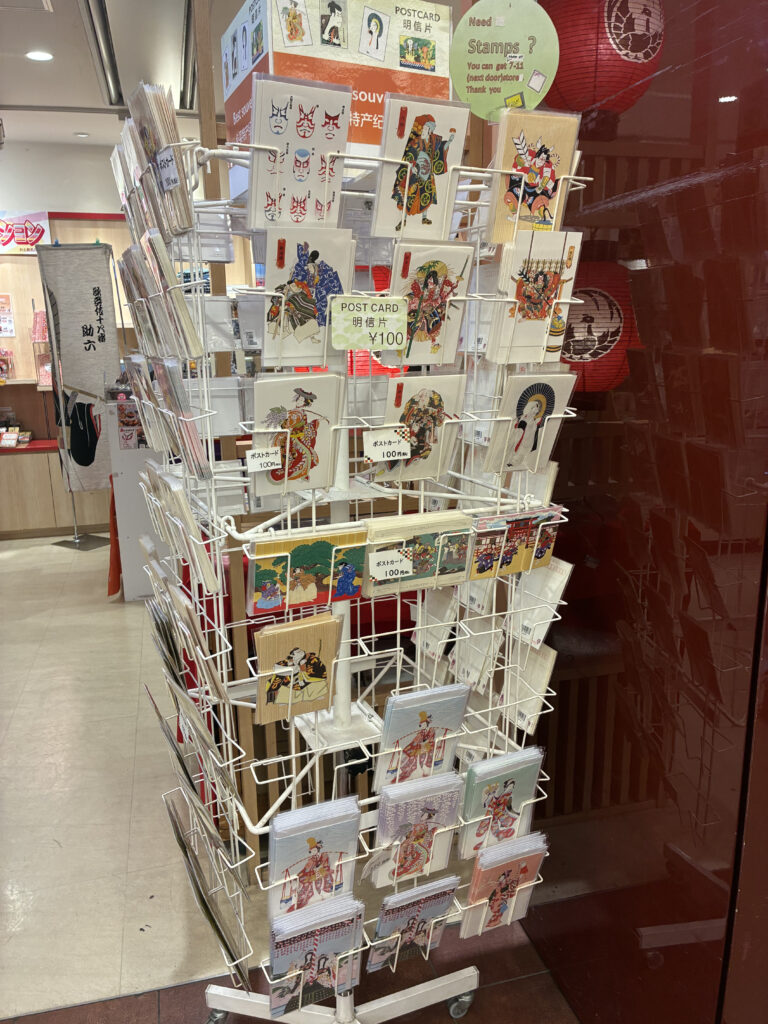
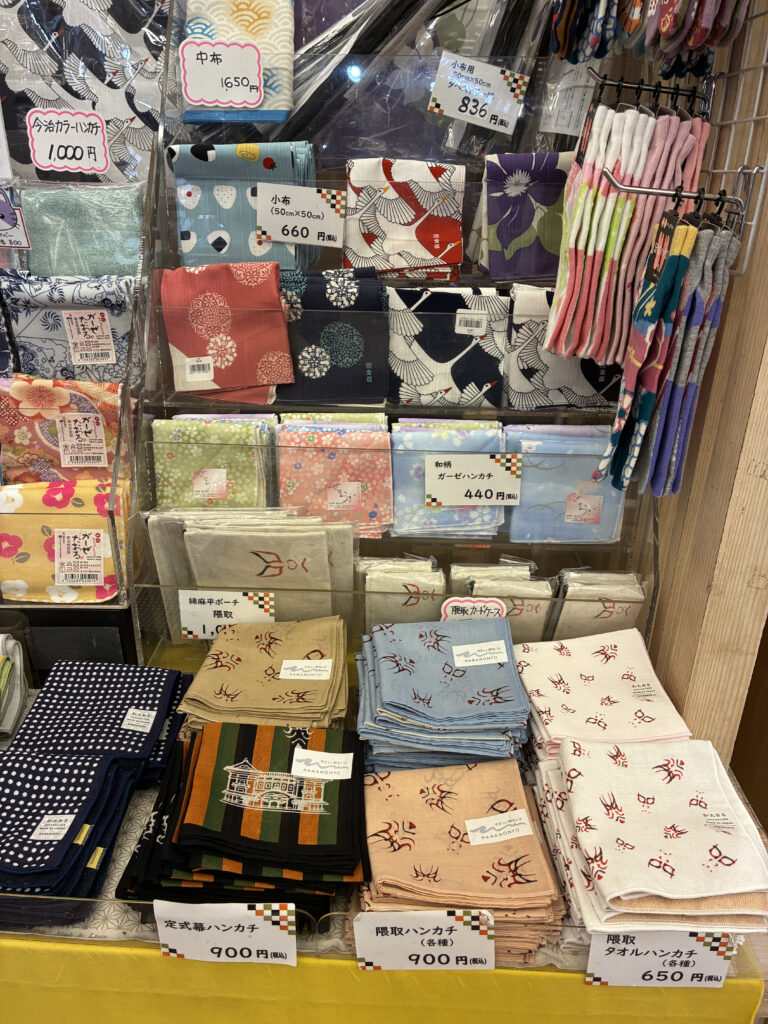
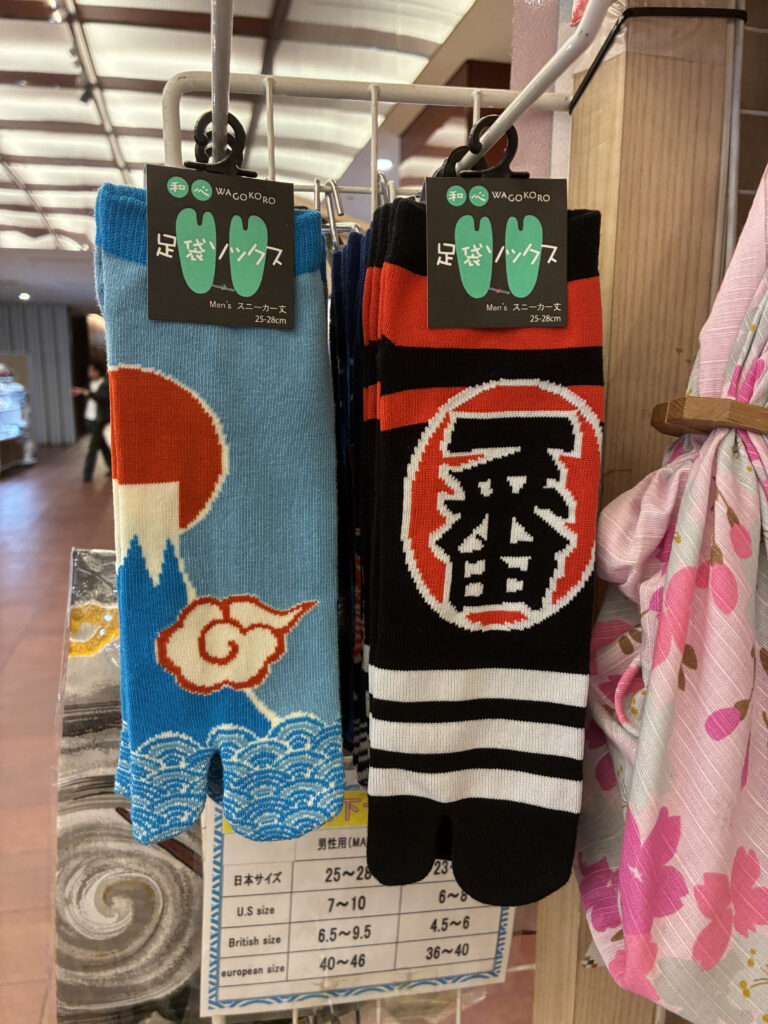
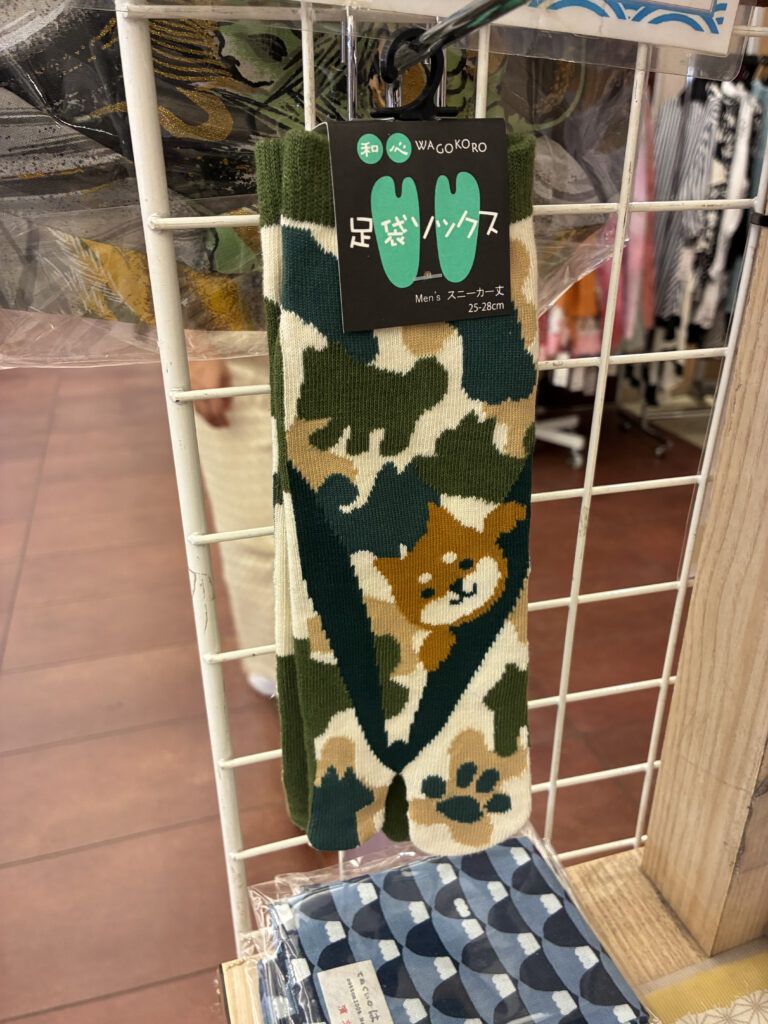
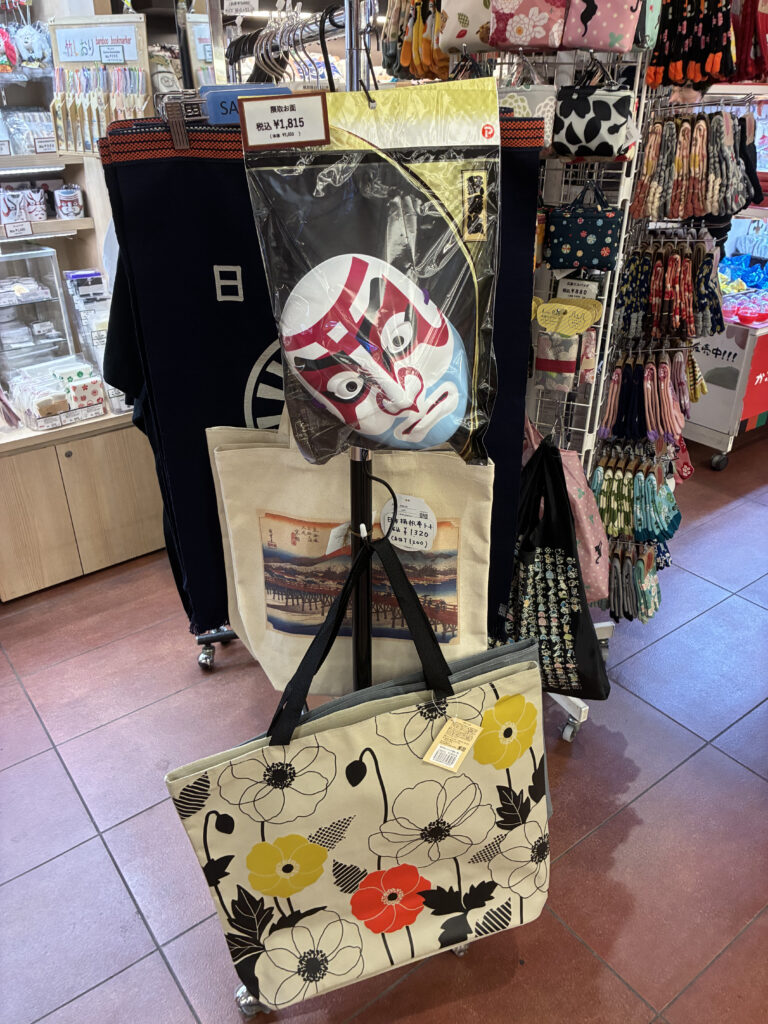
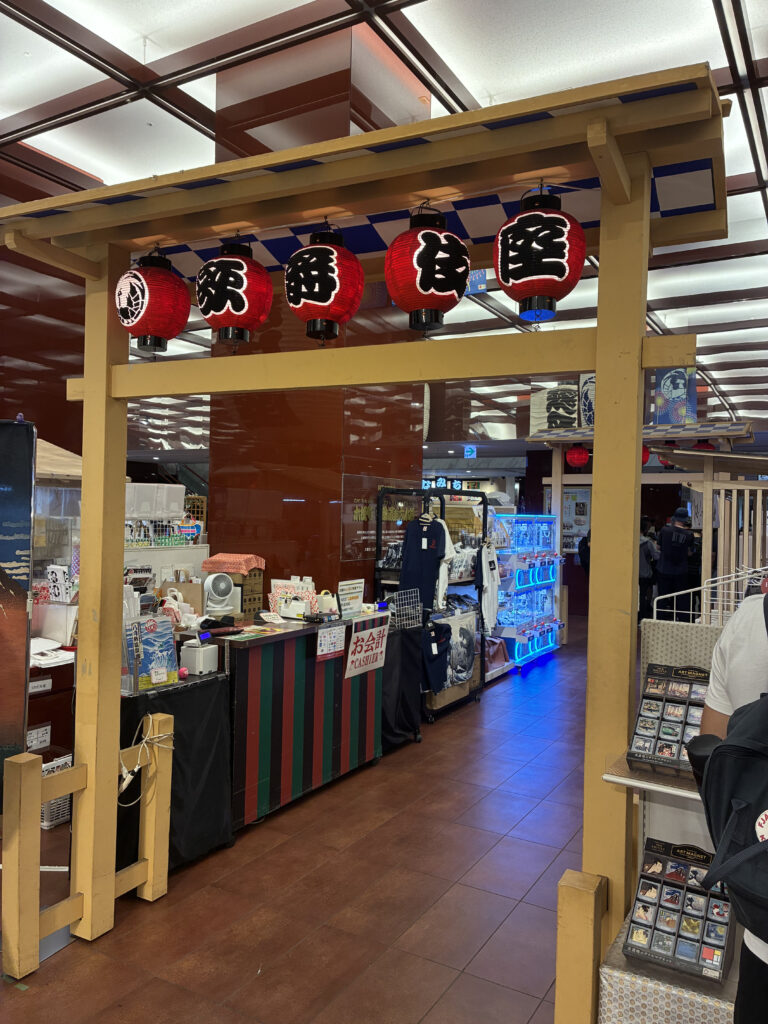
Thank you for reading my blog post. I hope it works well for you to understand what Tsukiji looks like. If you would like to learn more about Tsukiji, please feel free to contact me using the “Contact me!” link below. I am willing to create an itinerary to explore the Tsukiji area and take you to more exciting shops and restaurants I haven’t written about in the blog.
Please click the following link to read more articles on my blog.
Blog top page: https://japan-cultural-traditional-experience.com/
I post new content each month to share interesting experiences and amazing sites. Please click the links to stay updated on my X (formerly Twitter) and Instagram.
X (former Twitter): https://x.com/ToruGuide
Instagram: https://www.instagram.com/toruhigaki/
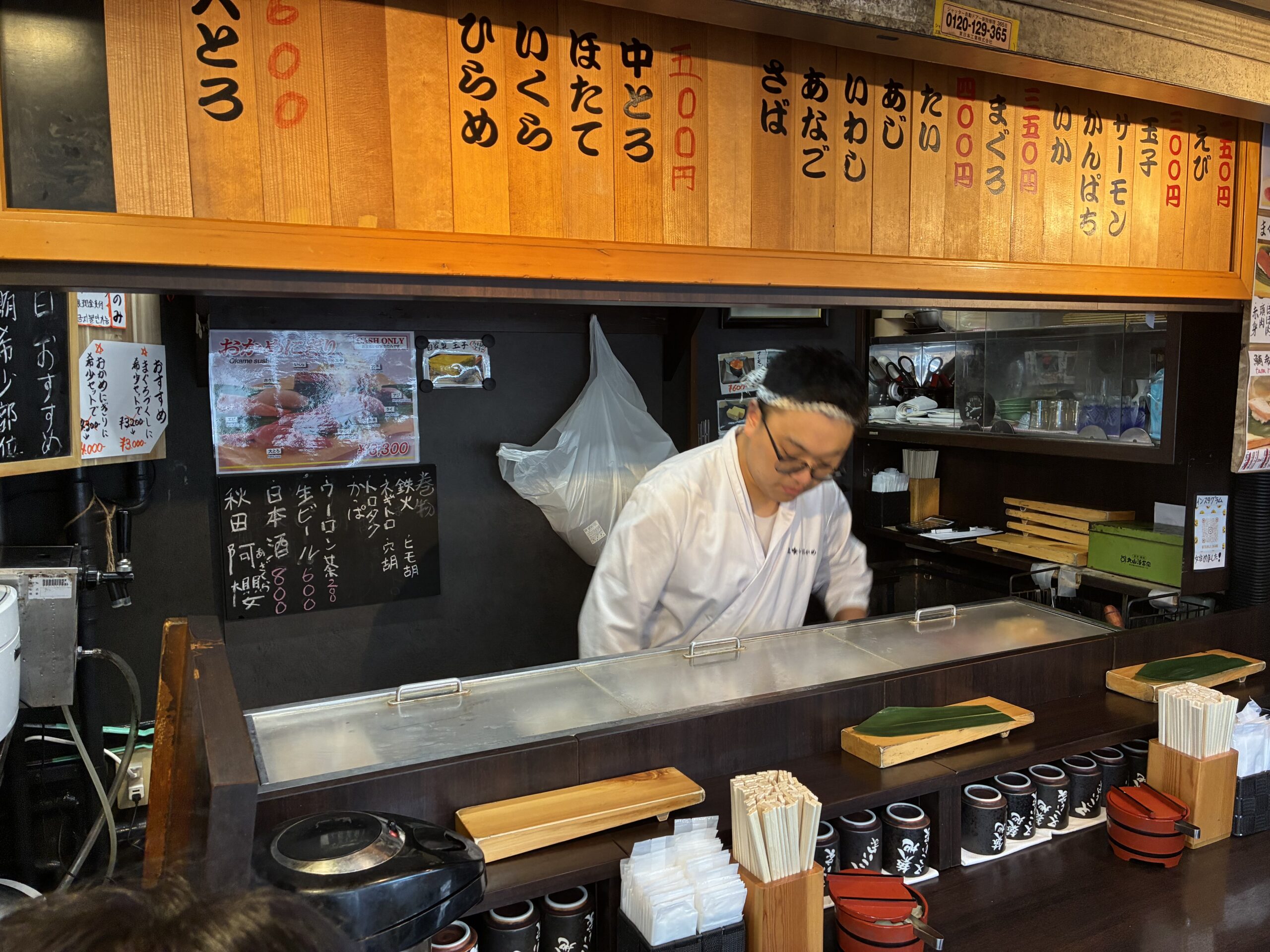



Comment